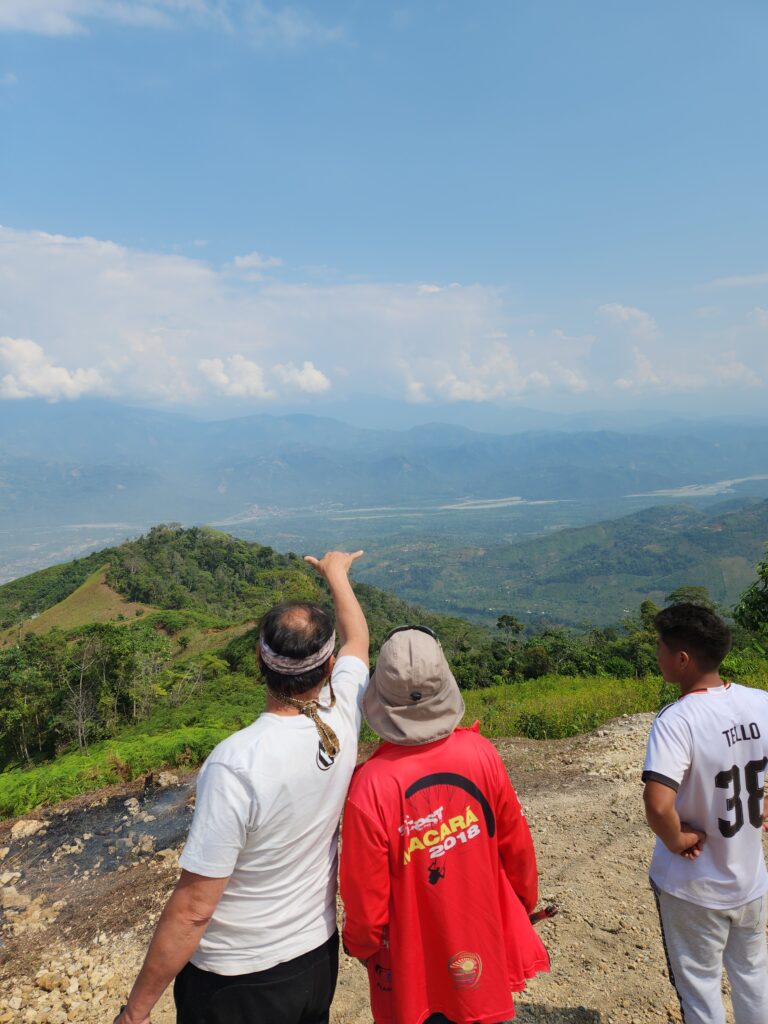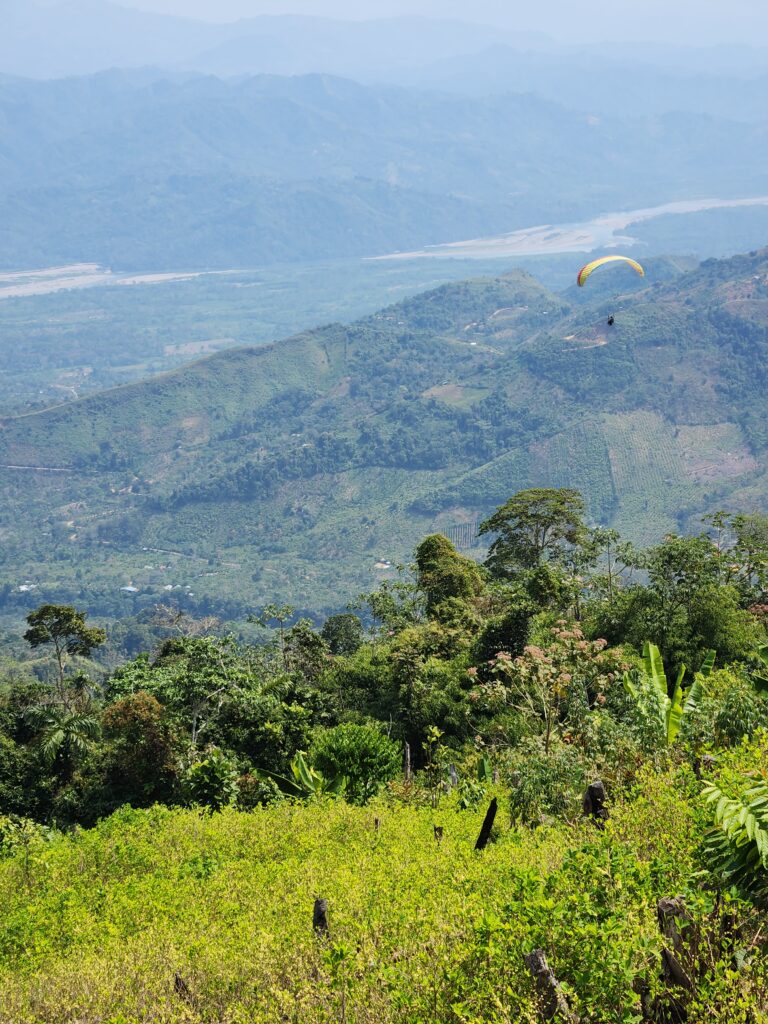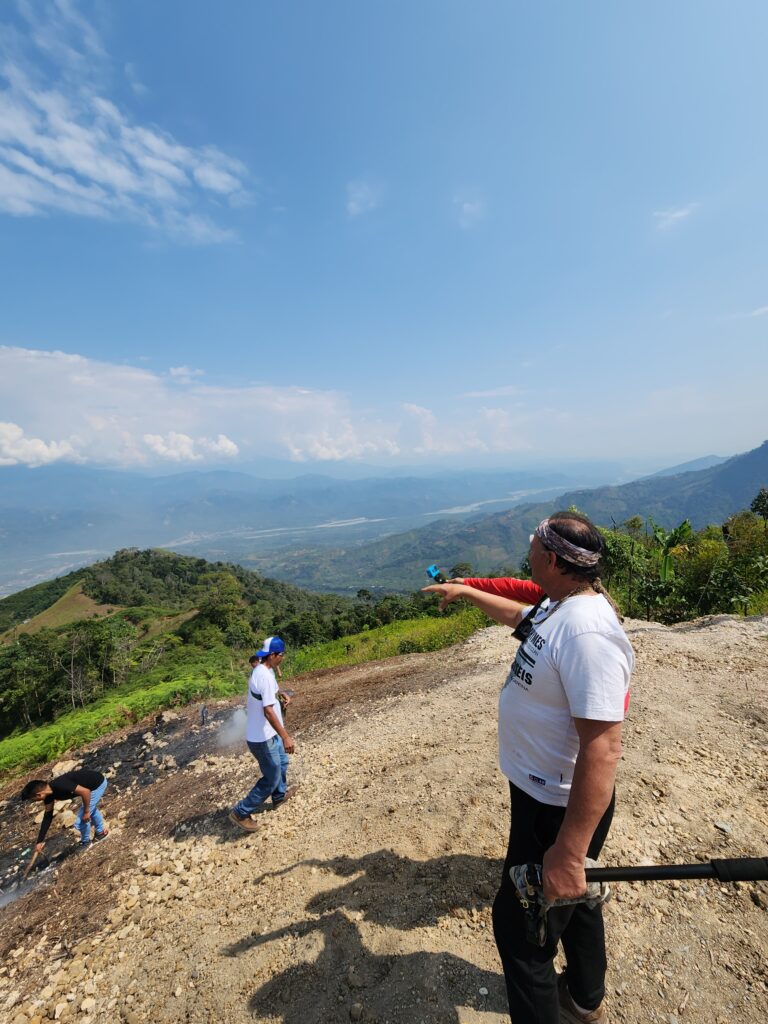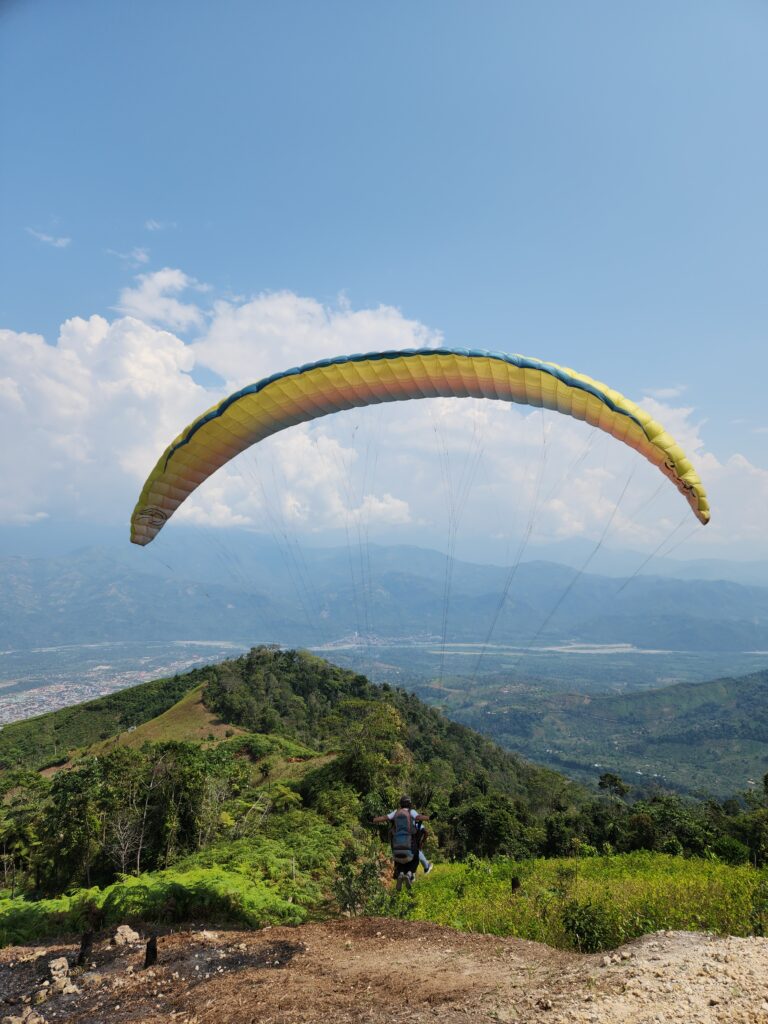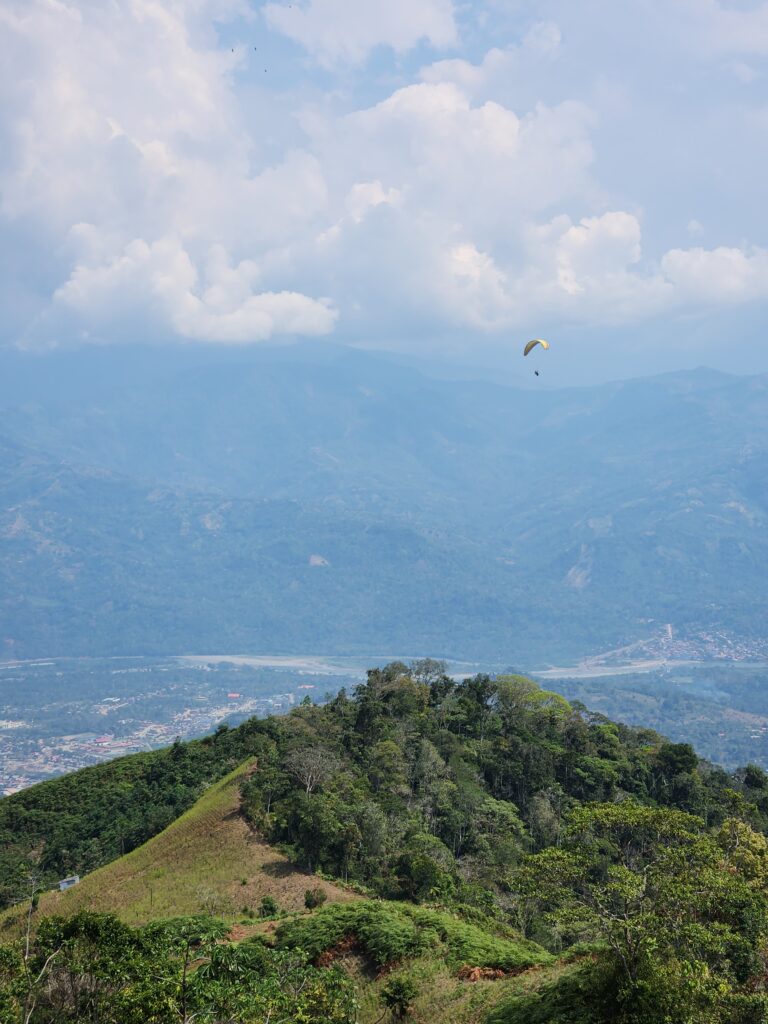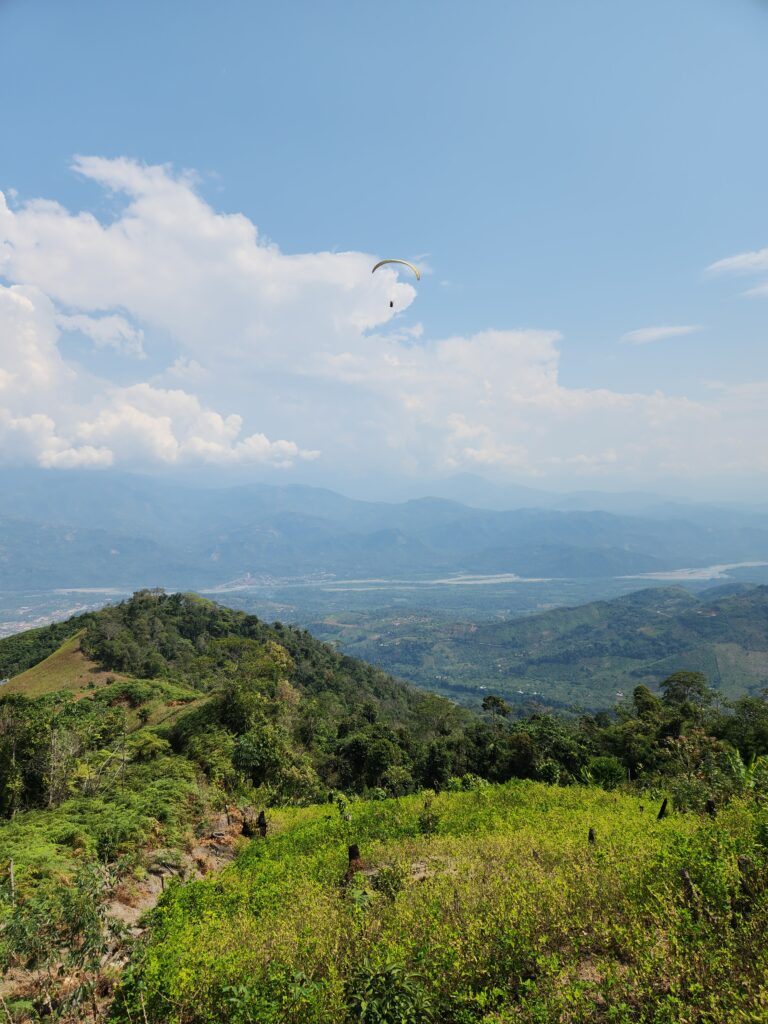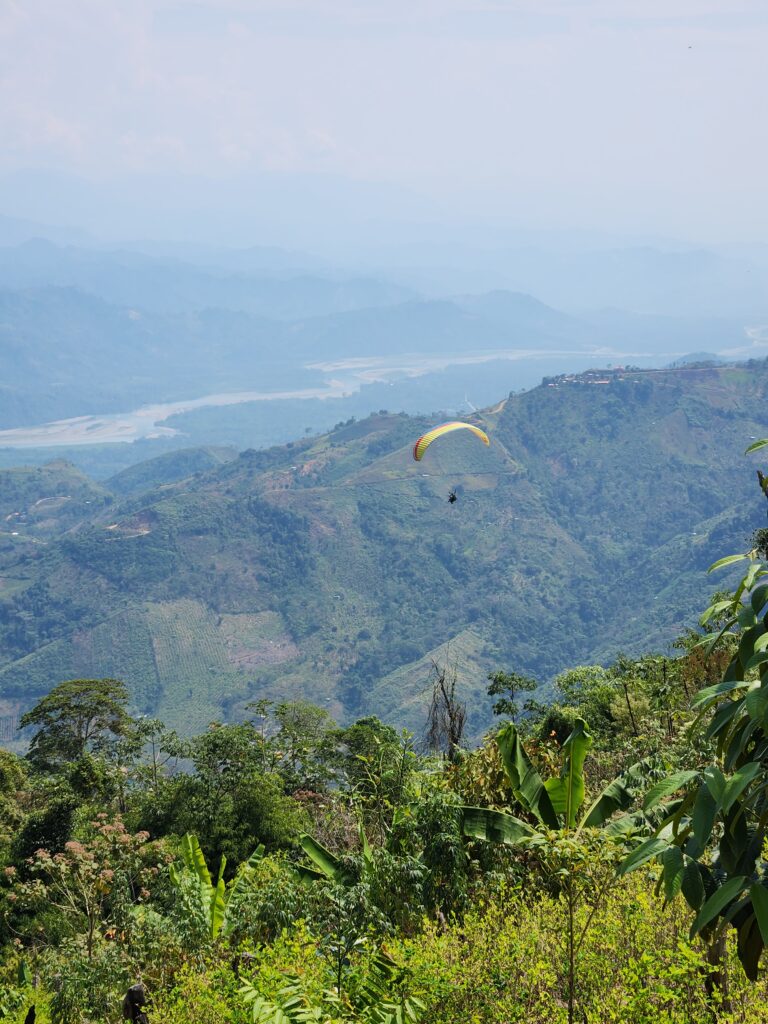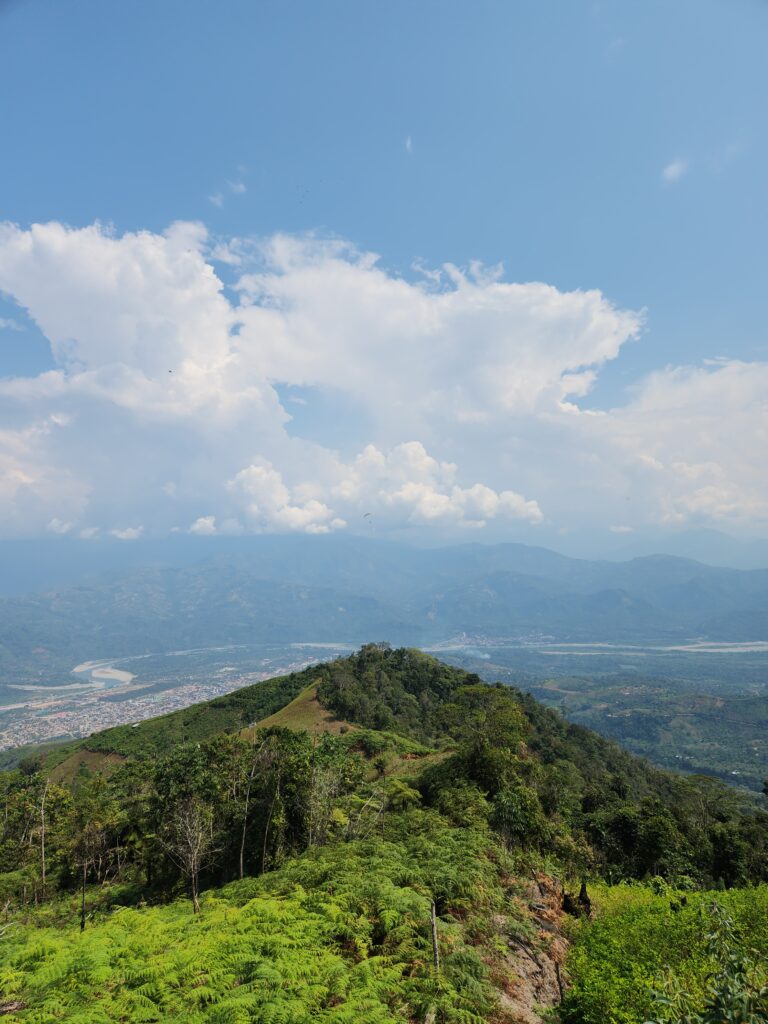When it comes to experiencing the jungle in the department of Cusco, Pichari provides a glimpse into another world. It’s nestled on the banks of the río Apurímac, a bustling river that separates the districts of Ayacucho and Cusco. It’s surrounded by a mountainous jungle that’s planted with endless fields of coca, cacao, and pineapple. These hills are home to a spectacular selection of waterfalls and a pristine jungle that’s gradually disappearing due to overpopulation, rampant pollution, and climate change. This abundance of biodiversity and natural wonders makes VRAEM one of the most gorgeous areas in Peru. Even though it has a dark side, the valley of VRAEM is a sleeping giant with more to offer than the usual stereotypes.
For those looking to visit this jungle paradise, a long road awaits them. It’s an 11-hour drive from Cusco and a 14-hour drive from Lima going through Ayacucho. No matter what route you take, it’s an adventure to get to Pichari. The jungle rains have no pity on the roads, which allows nature to consume parts of the highways. Within the route from Quillabamba to Kimbiri, only Toyota Hilux trucks are capable of making it through this rugged terrain. In the dead of night, caravans of these powerful trucks barrel down this curvy jungle road in an all-out race to make it to their destinations.
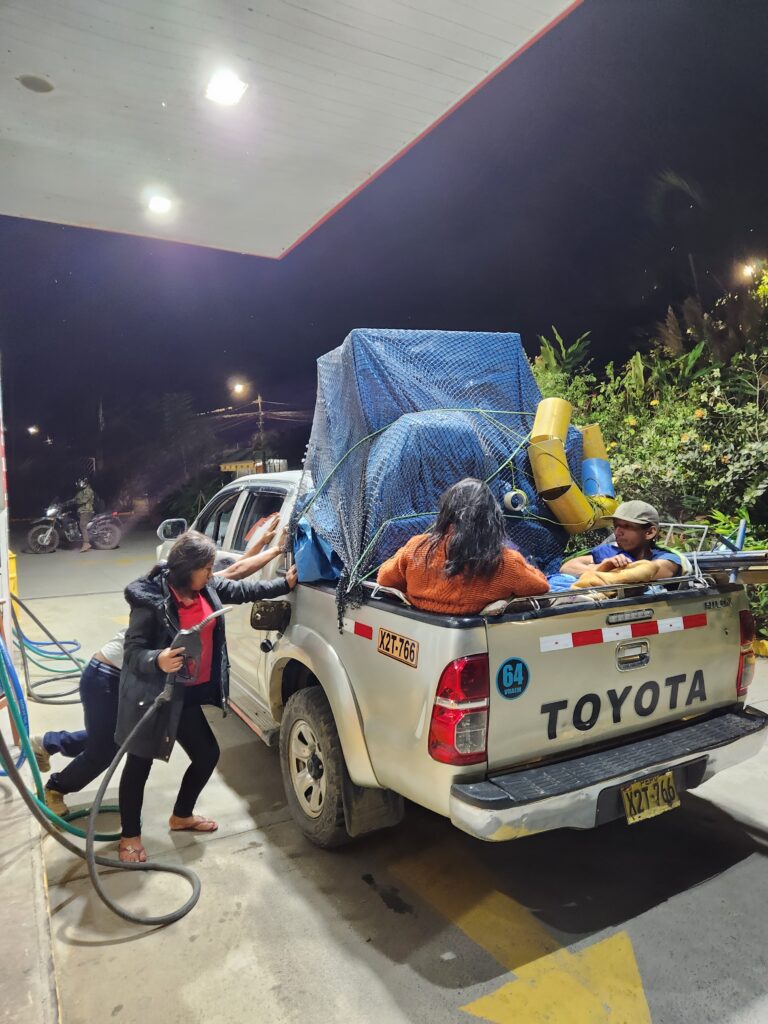
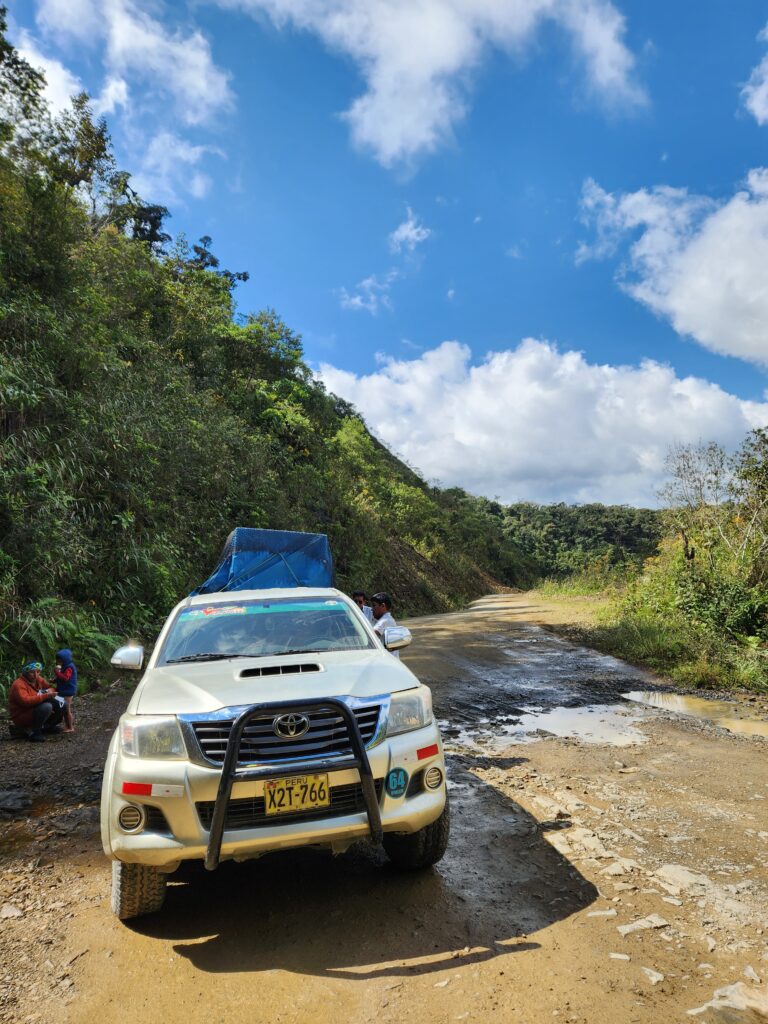
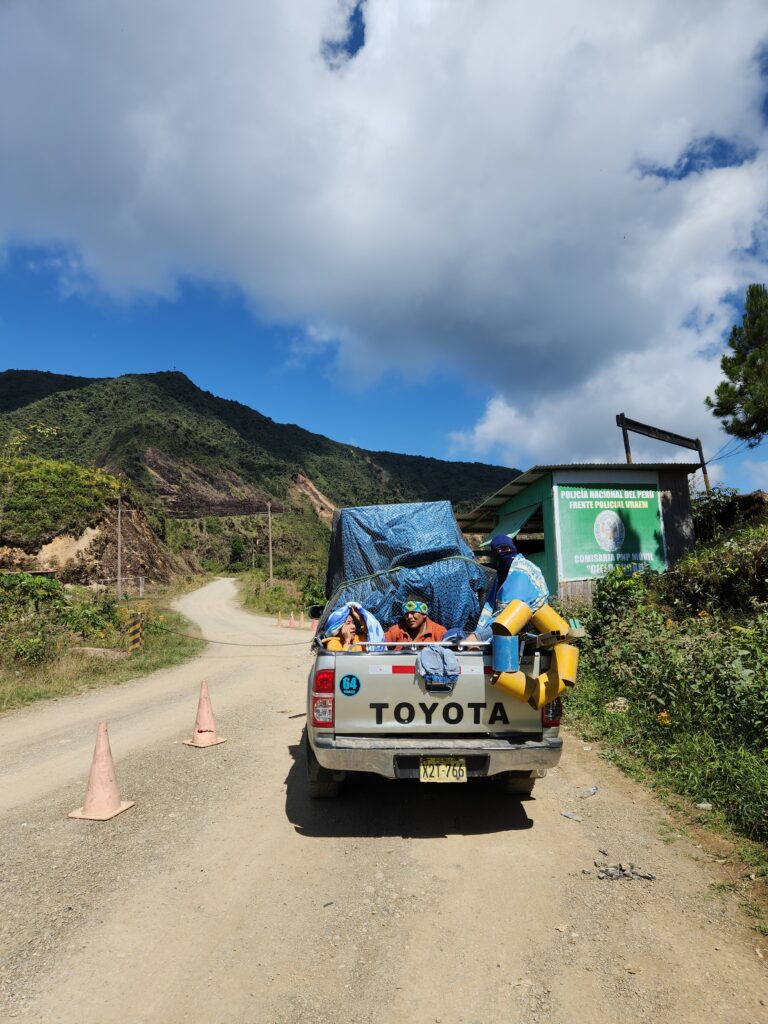
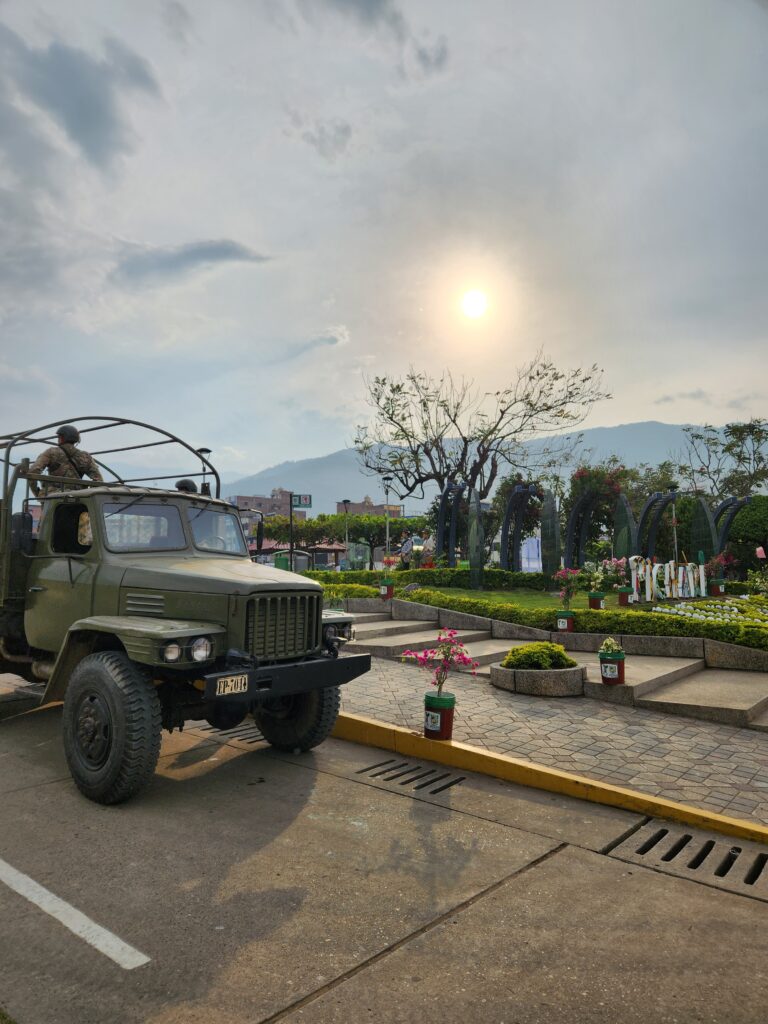
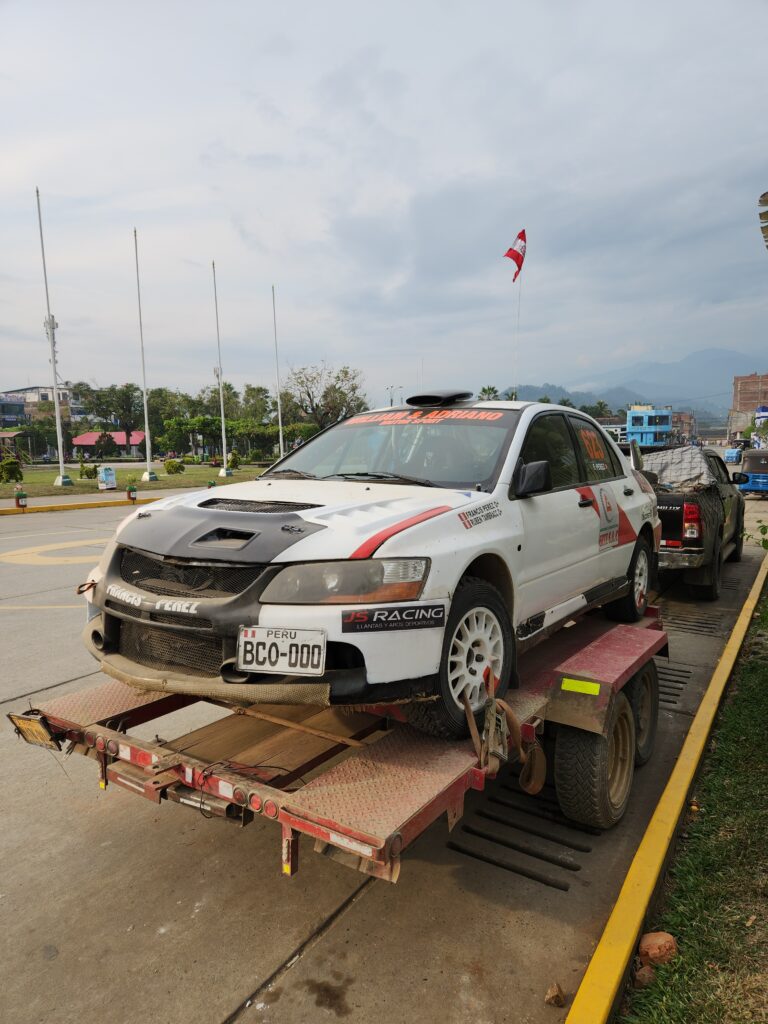

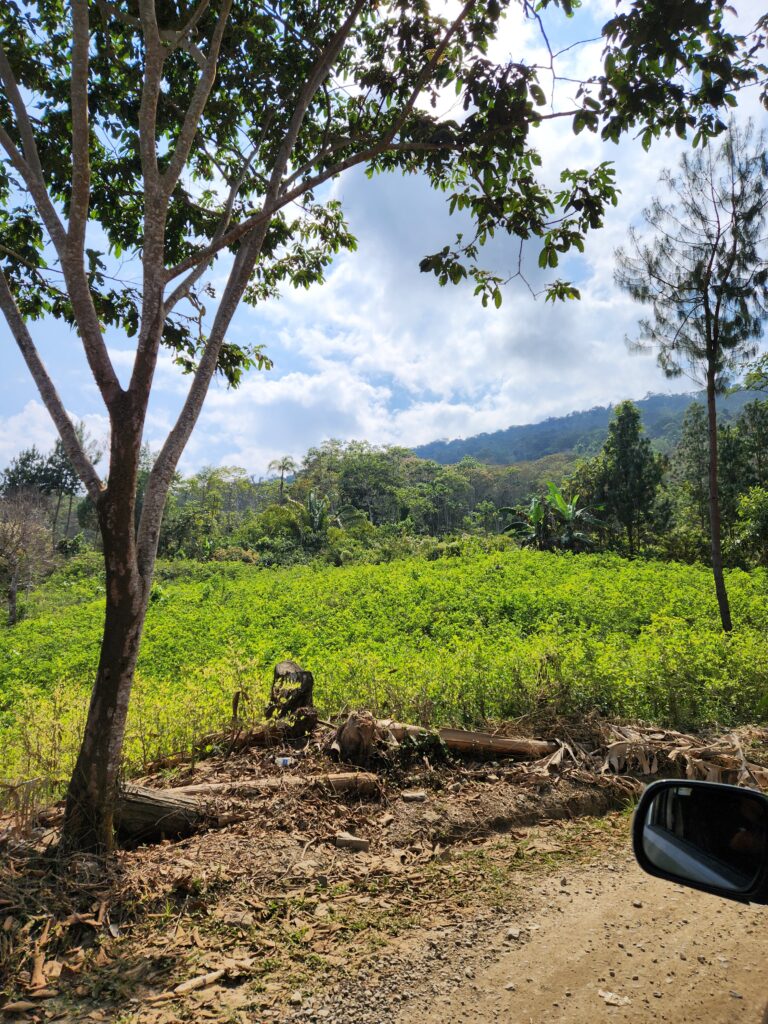
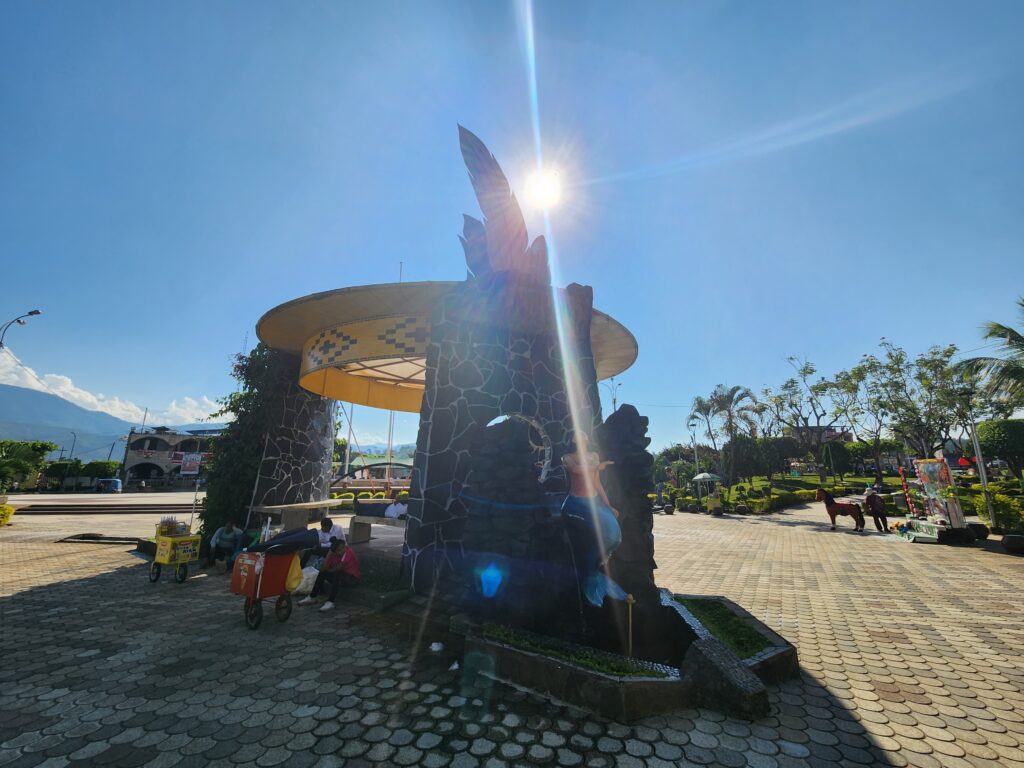
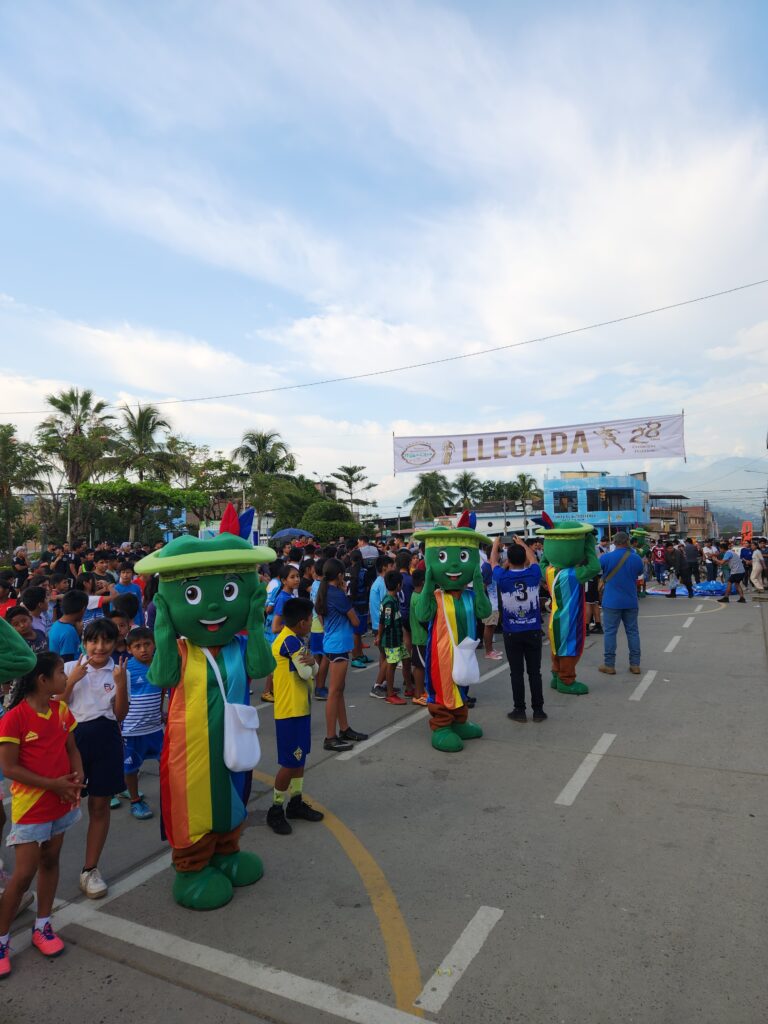
On top of going without pavement in multiple sections, the area is patrolled by the military. Due to this being a zona roja, the armed forces take over many tasks that would normally be handled by the police. This is the most militarized area of Peru, and drug production is still defiantly at an all-time high. Even though they appear peaceful, these sections of the jungle are dominated by criminal groups that work 24/7 to help feed the one of world’s most notorious addictions.
Even though on paper this is the cocaine production capital of Peru, the reality isn’t as black and white. There’s no denying that criminal groups exist, but as long as you aren’t trying to get in the mix everyone is very friendly. I have lived and traveled throughout Peru for over 10 years and have found very few places where the people were more inviting than in VRAEM. In my multiple visits to this area, I was received well and always impressed by the Picharinos. This area is home to various Ashaninka tribes that have called this rebellious section of the jungle home for hundreds of years. Visiting VRAEM is almost like traveling back in time, so here are the tales from the other side!
Top Places to Visit in Pichari VRAEM

Attraction #1: Catarata El Rey del VRAEM – When it comes to waterfalls, look no further than the comunidad Catarata right outside Pichari. This community has a strip of 5 waterfalls in a row that are separated by a path that winds through the jungle. They range from 35 to 180 meters tall, which is a massive variation! The largest waterfalls are at the end of the trail, so they get gradually more impressive the further you go. You’ll start with the 130-meter-tall catarata Ángela and the catarata Ángel (120 mts) that are back to back at the entrance. From there, the hike begins and you have to go deeper to reach the other falls.
From start to finish, it takes about 1.5 hours to hike through and visit all of the falls. After about a half hour, visitors make it to the catarata Salto de Gallito (35 meters). At this point, the trail gets more treacherous, which makes you work to get to the final falls. Even though it gets steeper, don’t give up! The route goes through the heart of the jungle and curves up a mountain to get to the catarata Velo de Novia (150 meters). From there you are close to the final waterfall, El Rey del VRAEM. Towering 180 meters over the surrounding nature, this waterfall is the grand finale. All of the waterfalls have their own personality, but El Rey del VRAEM steals the show. It’s a long hike to get there, but well worth the sacrifice!
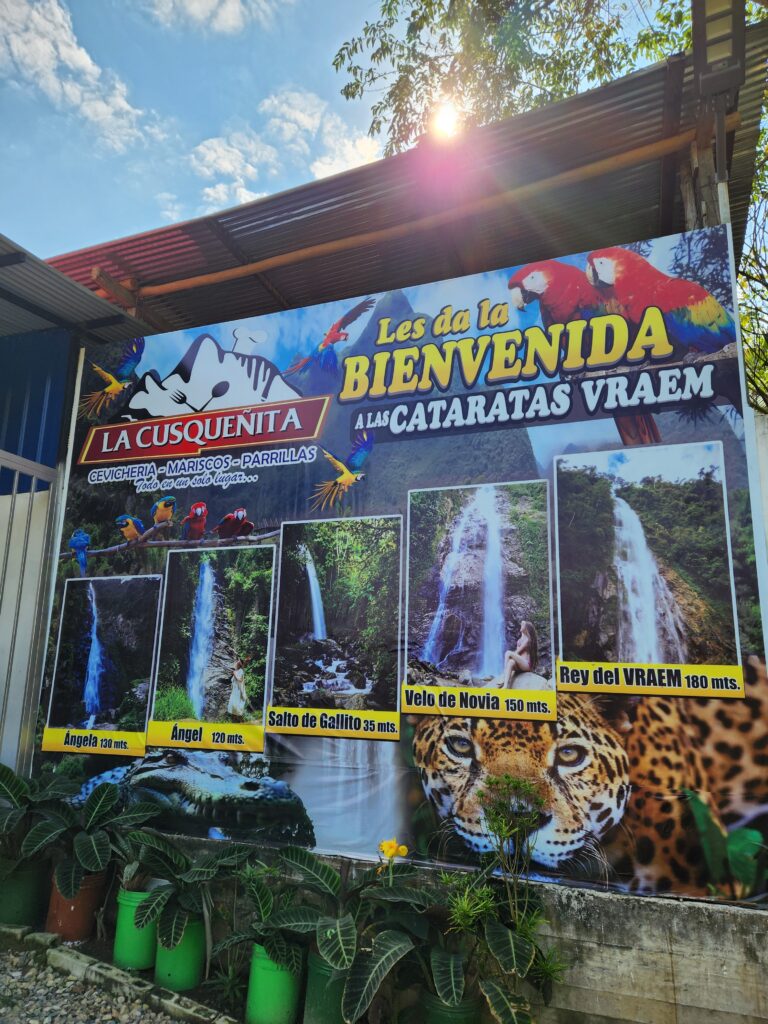
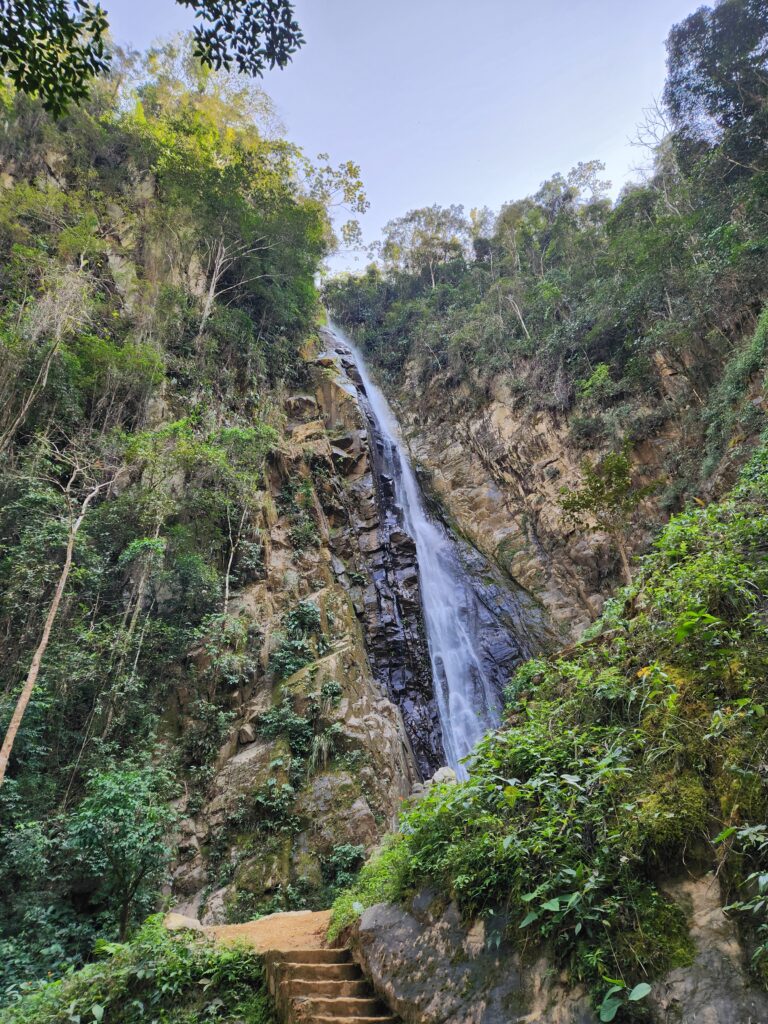

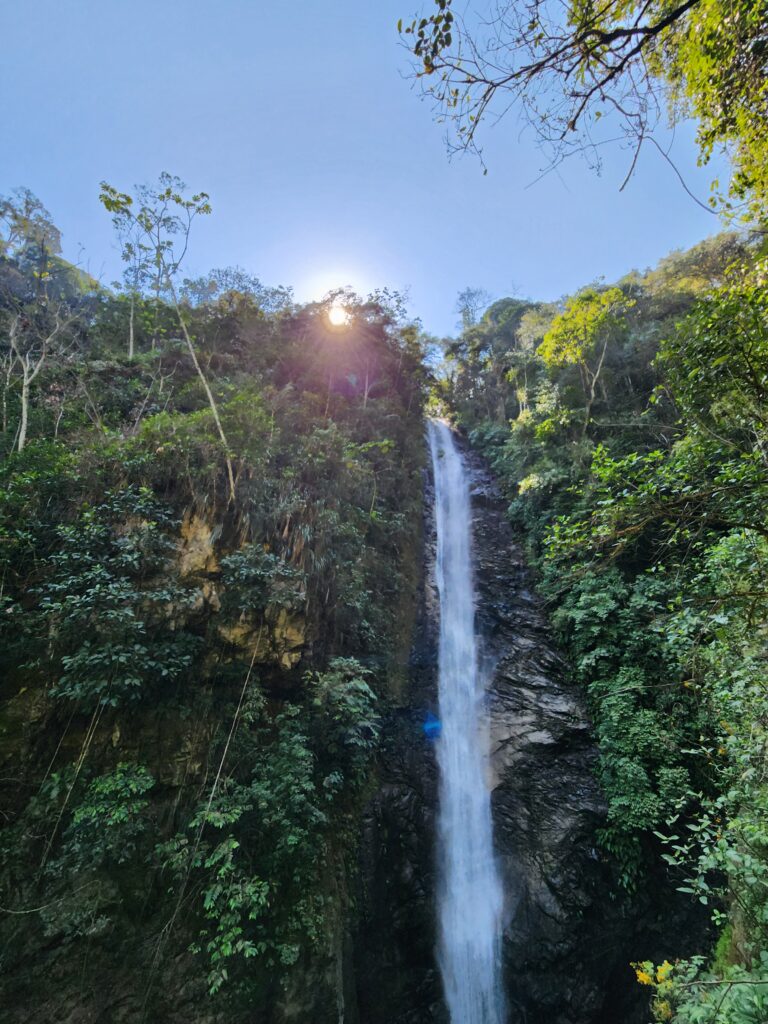

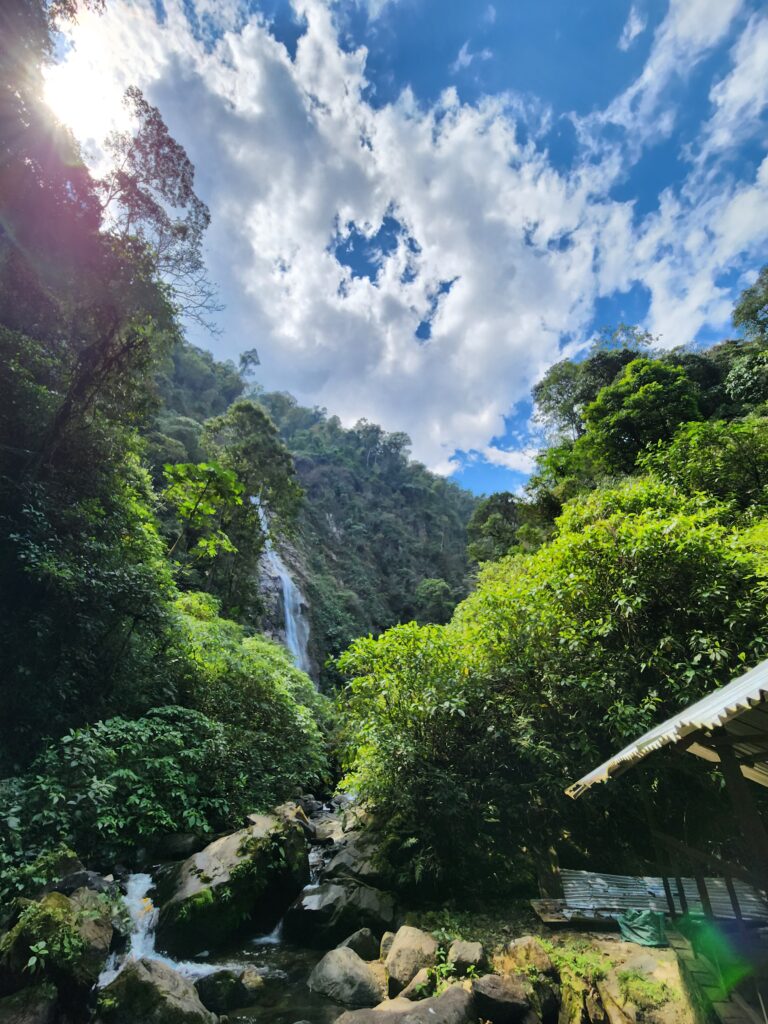
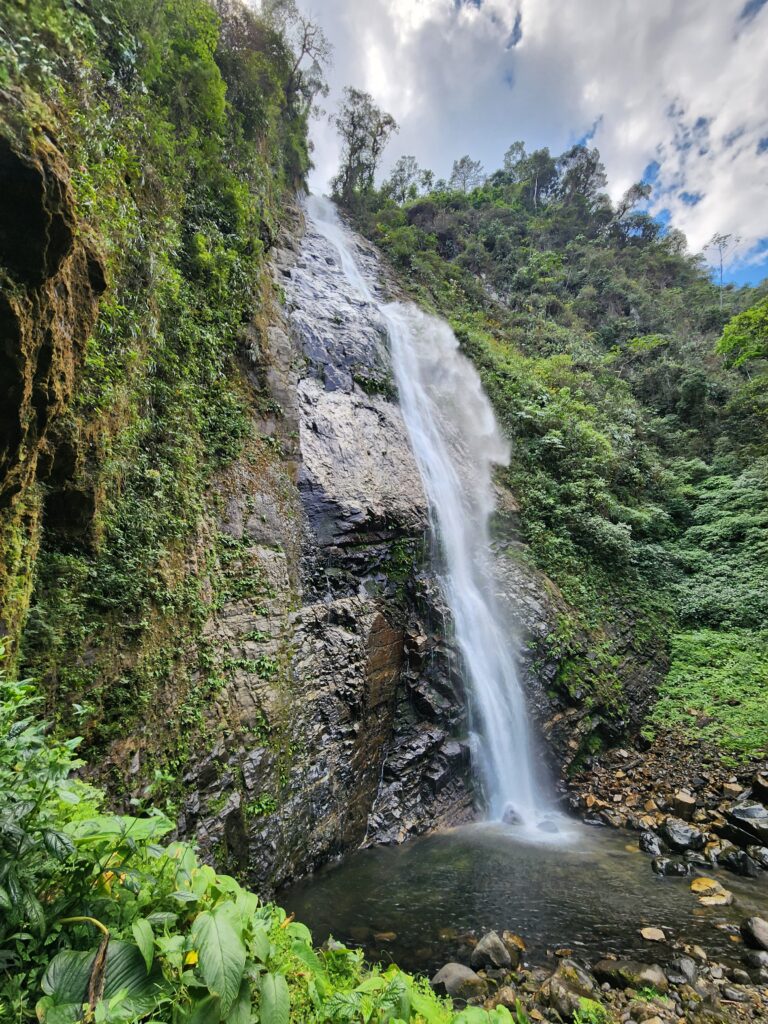

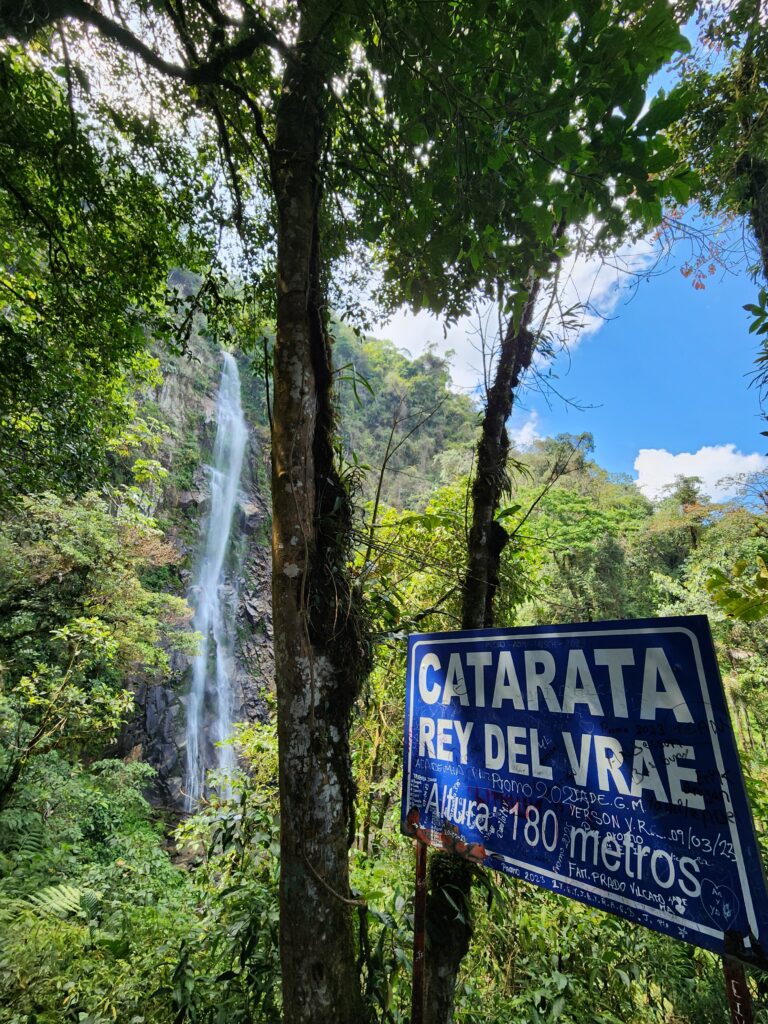
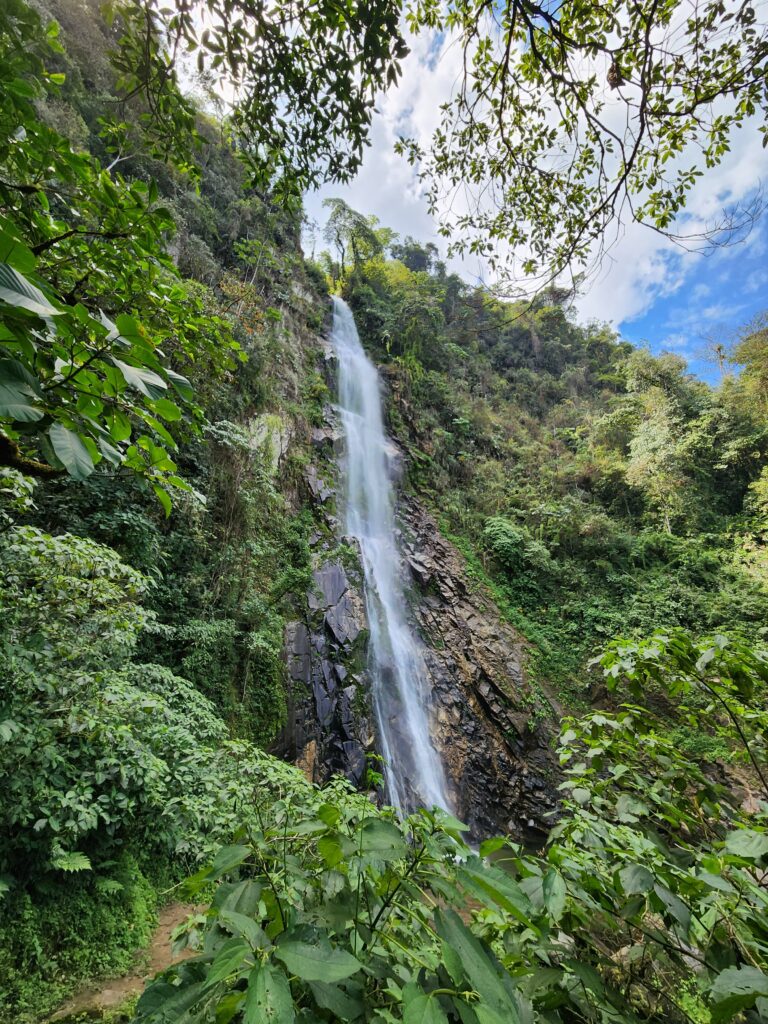

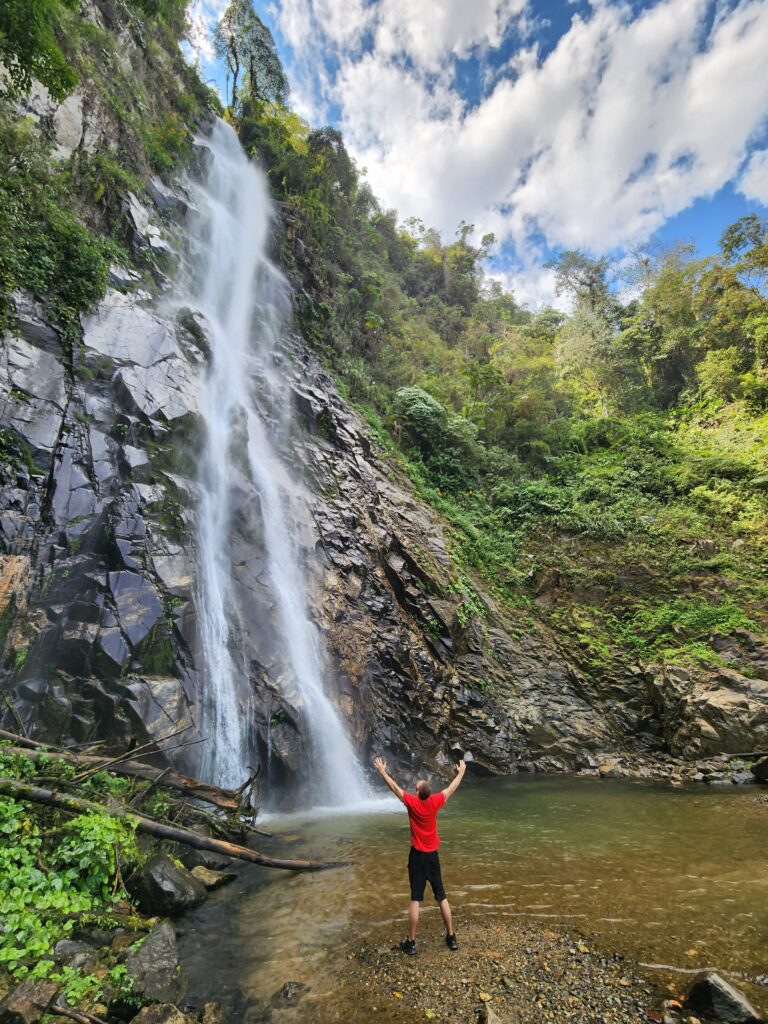
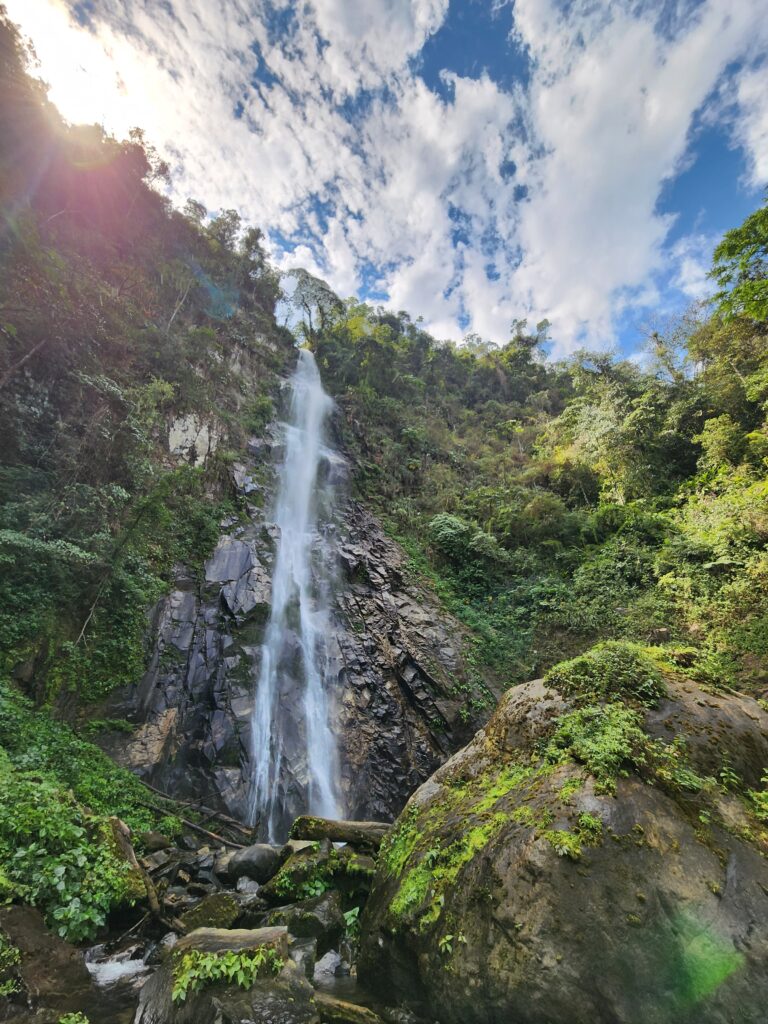
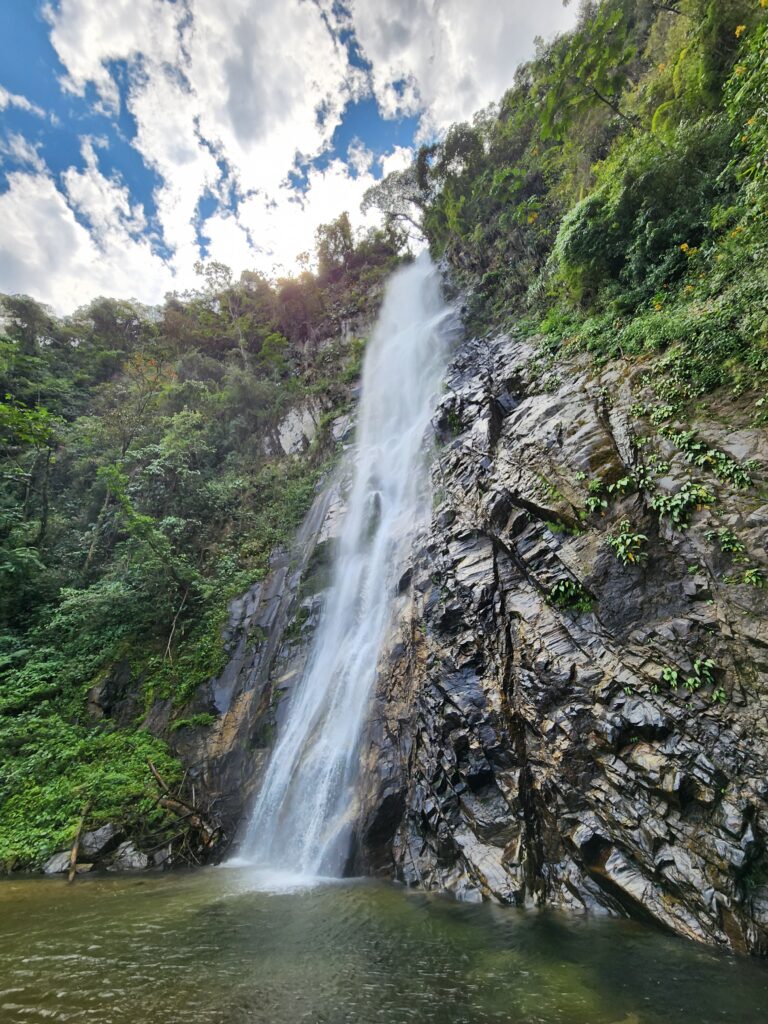
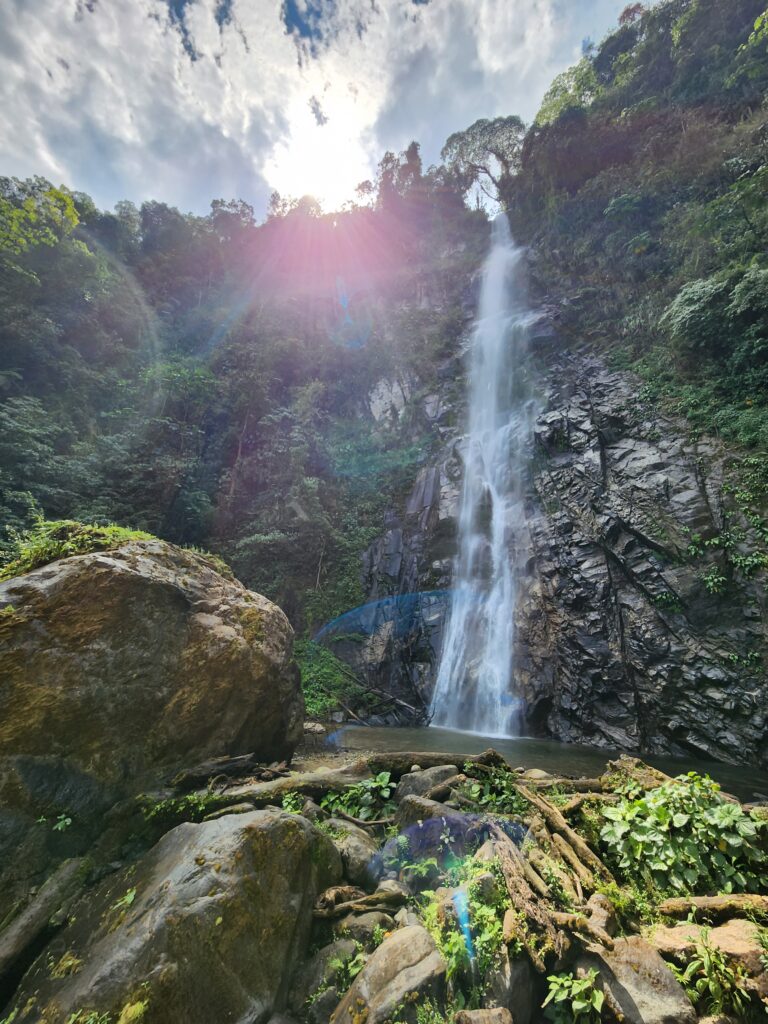
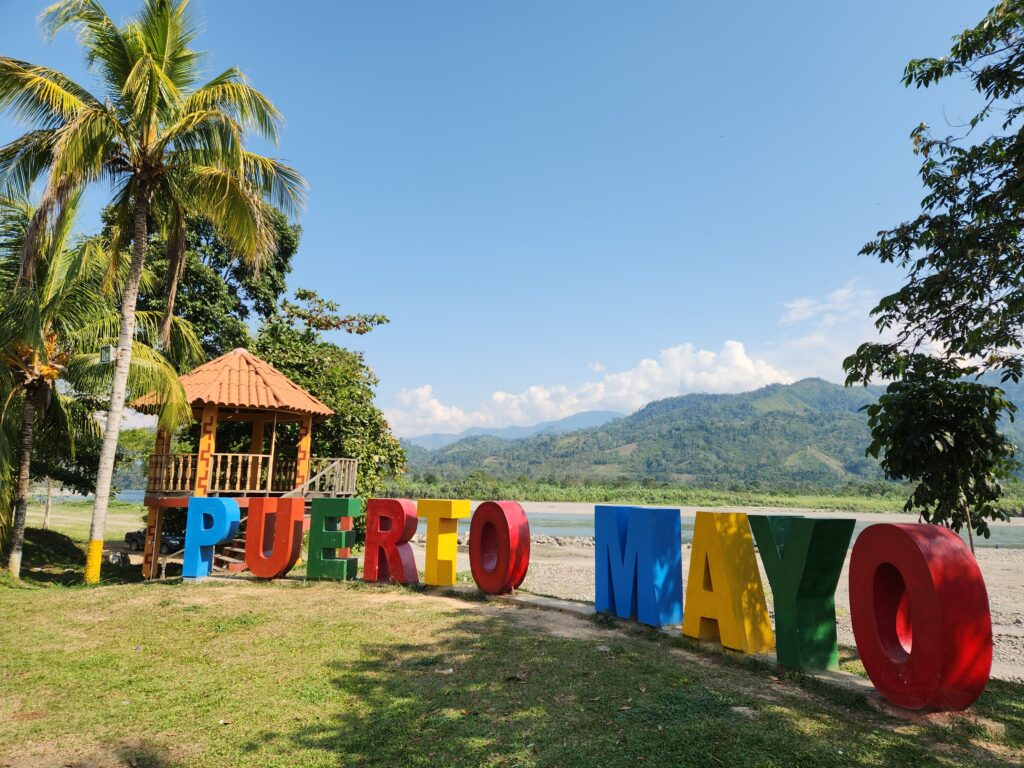
Attraction #2: El Balneario de Puerto Mayo – Situated on el rio Apurimac, this port has been an attraction for decades. Despite starting as a port, it gradually turned into a tourist attraction for both national and international visitors. As more roads were built to connect the area to the outside world, it became quicker to drive than to use the port. Over the years, the port converted into a recreational hub. It’s the biggest beach in VRAEM, and each weekend families congregate here to swim, ride jet skis, and eat. The area is well maintained by the municipio, which makes it the perfect place to kick back with friends and family.
The top area boasts a large soccer field that’s lined with coconut trees. This is no accident since Puerto Mayo is famous for growing cocos. Every July 3rd, they host the annual Festival del Coco. On top of featuring coco-related dishes and liquors, the festival hosts a variety of swimming, canoeing, motocross, and bow and arrow shooting contests. They even have a beauty competition and live shows, so the place turns into a week-long party every year!
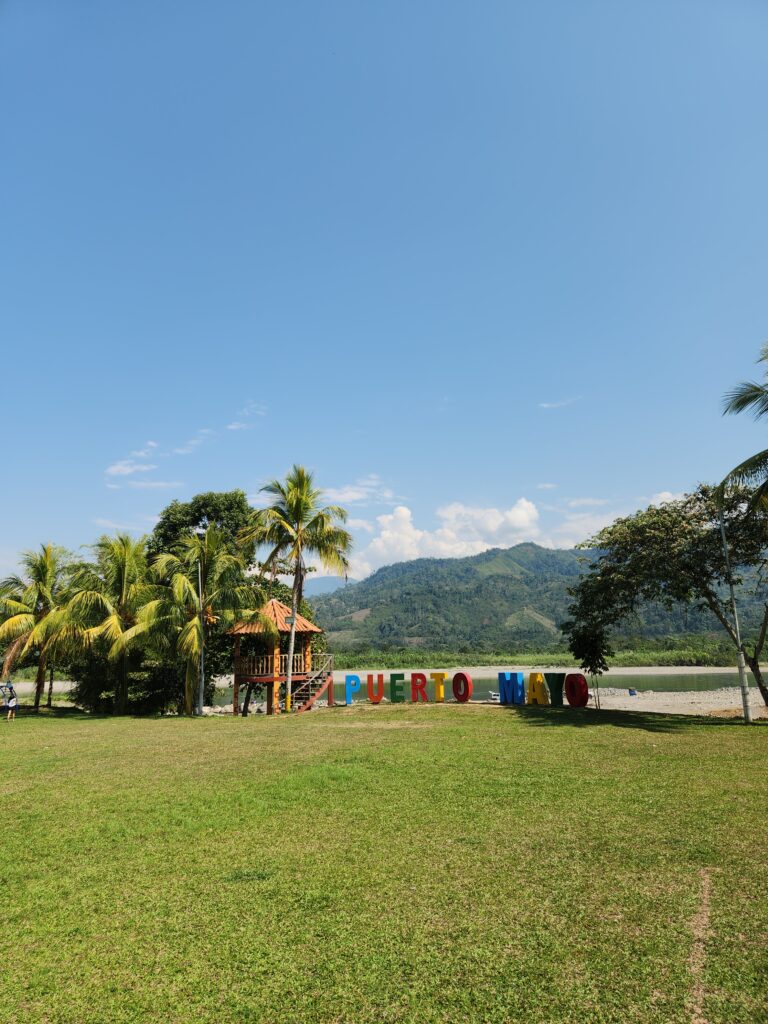
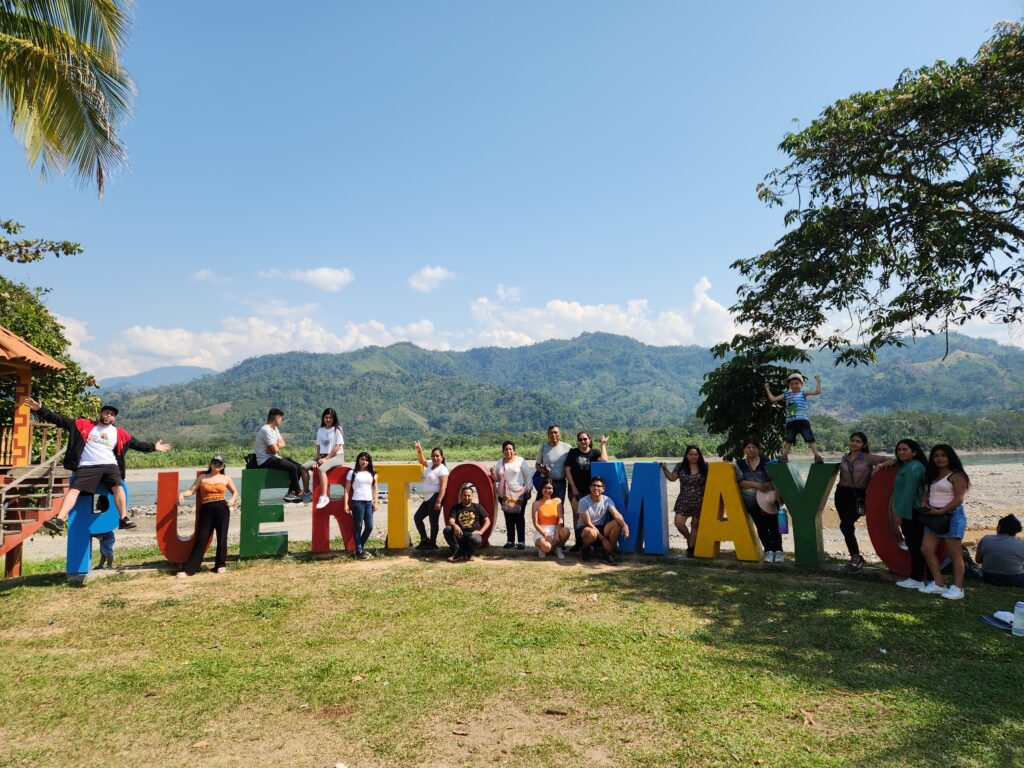
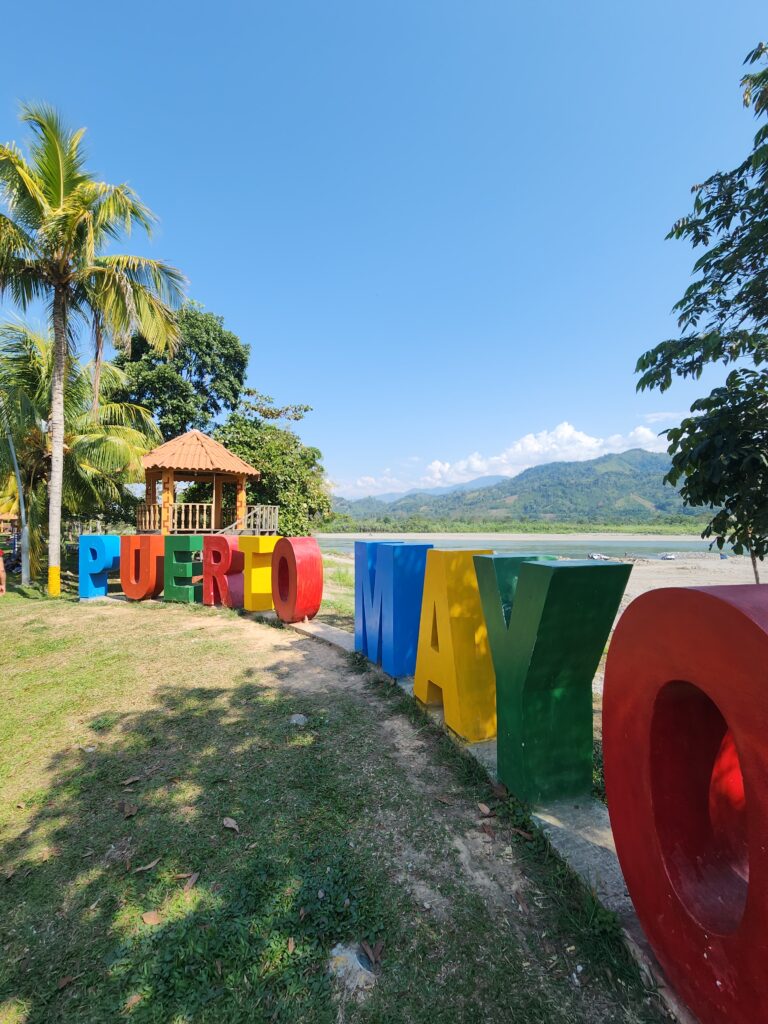
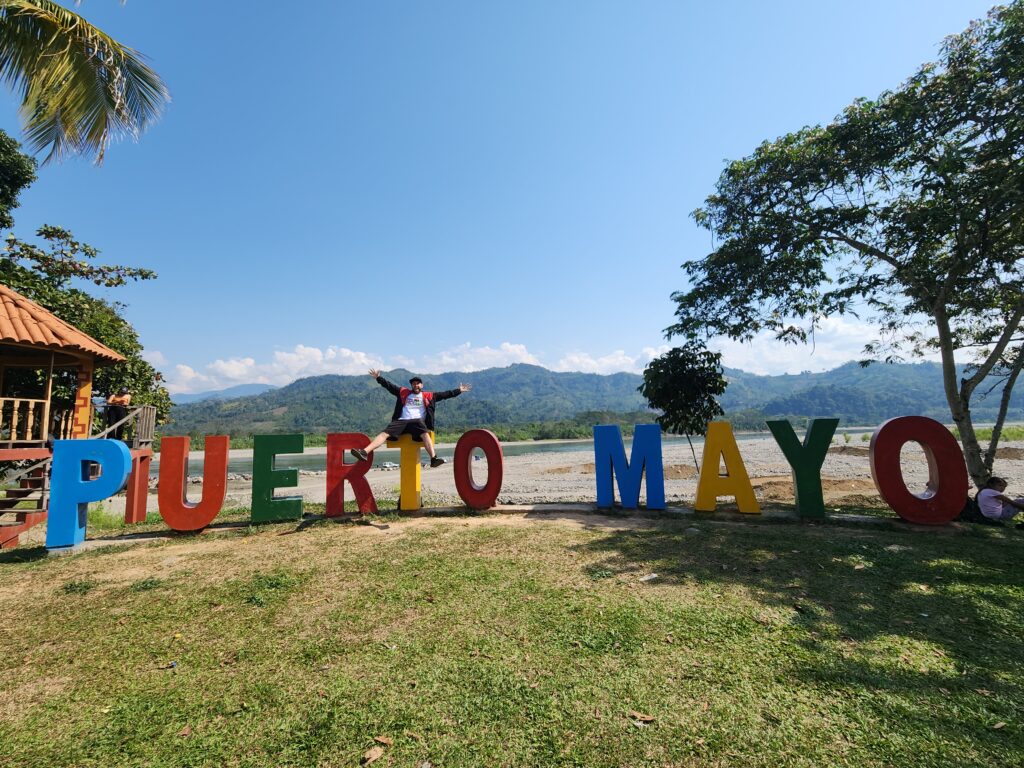

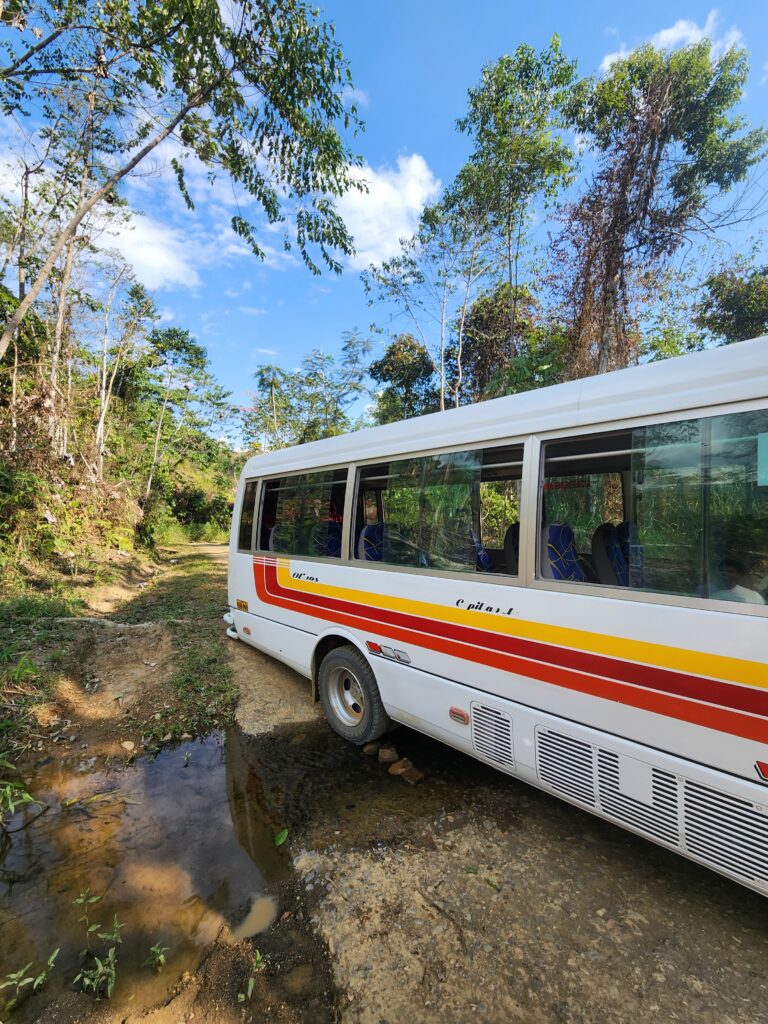

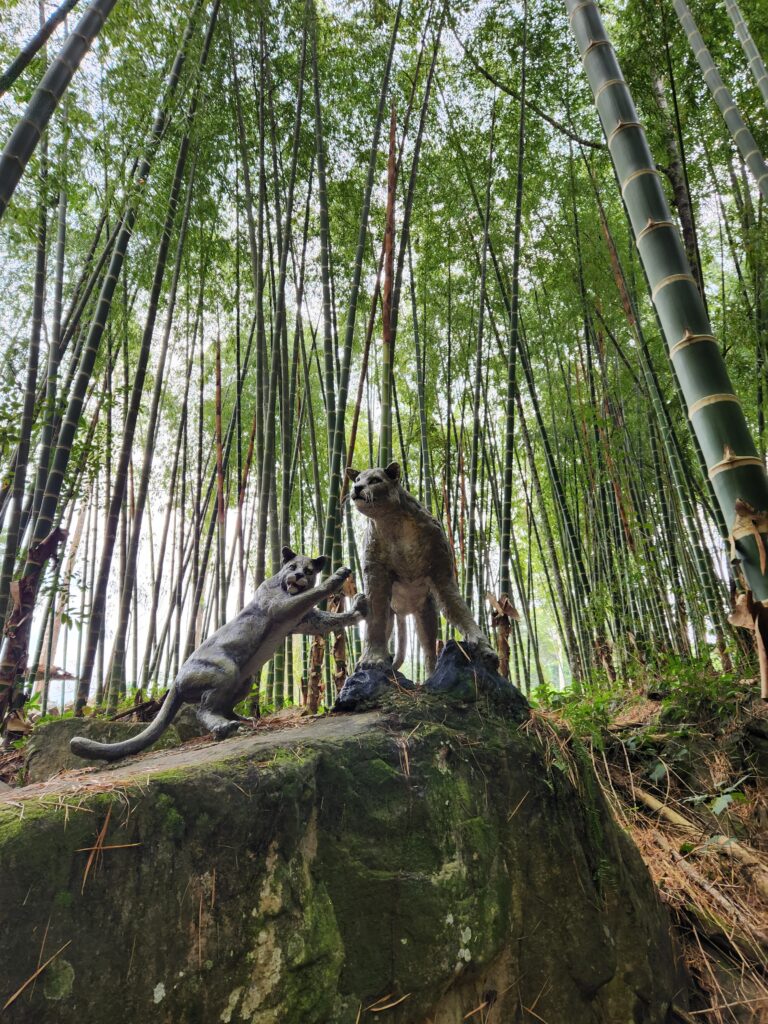
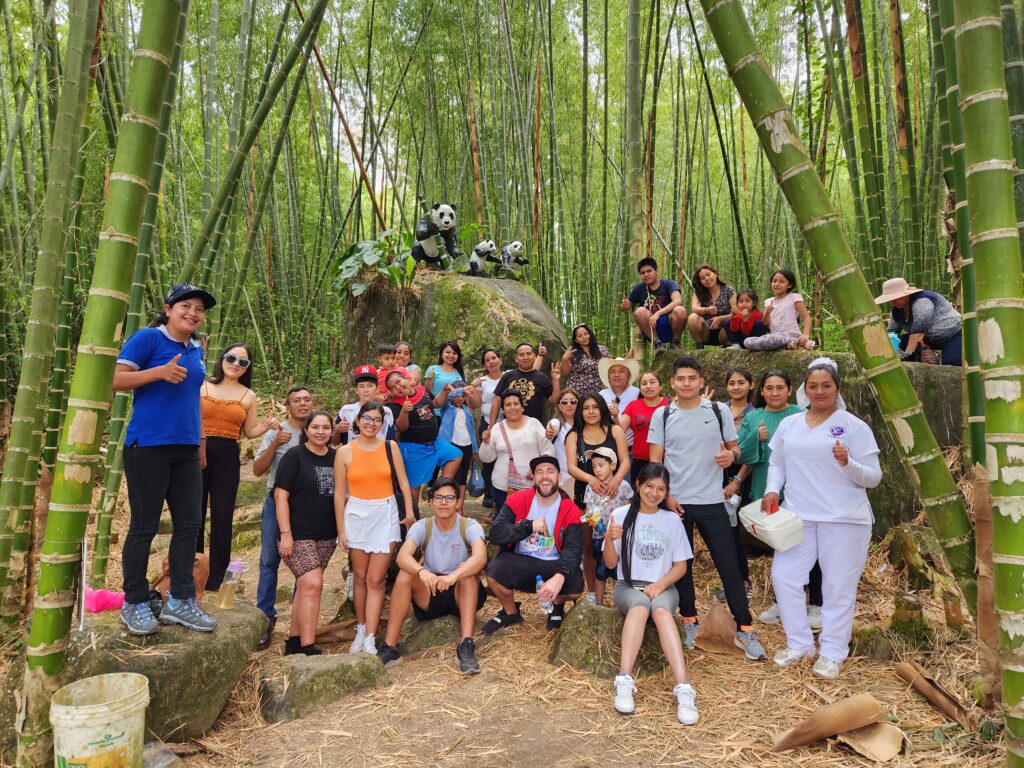
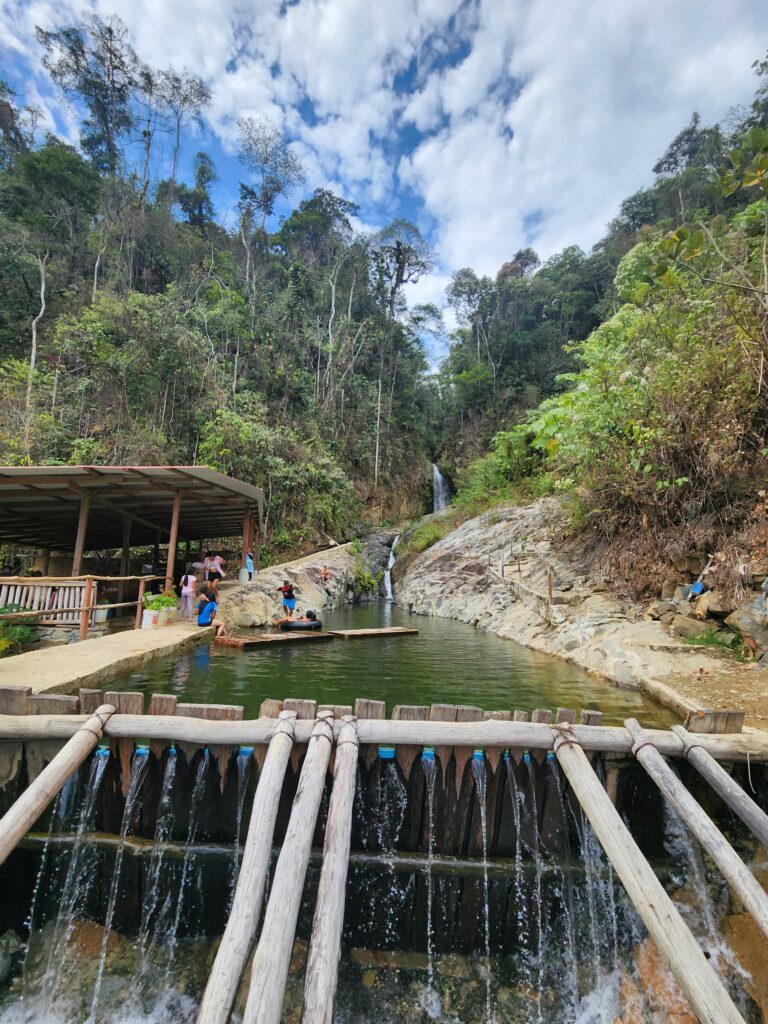
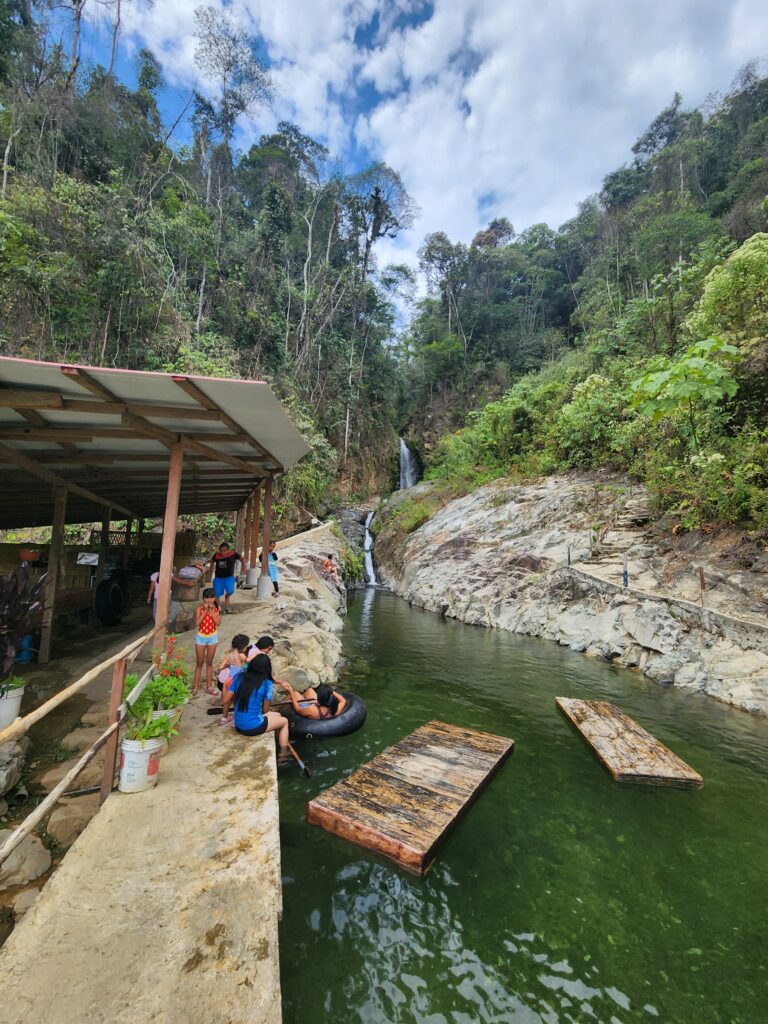
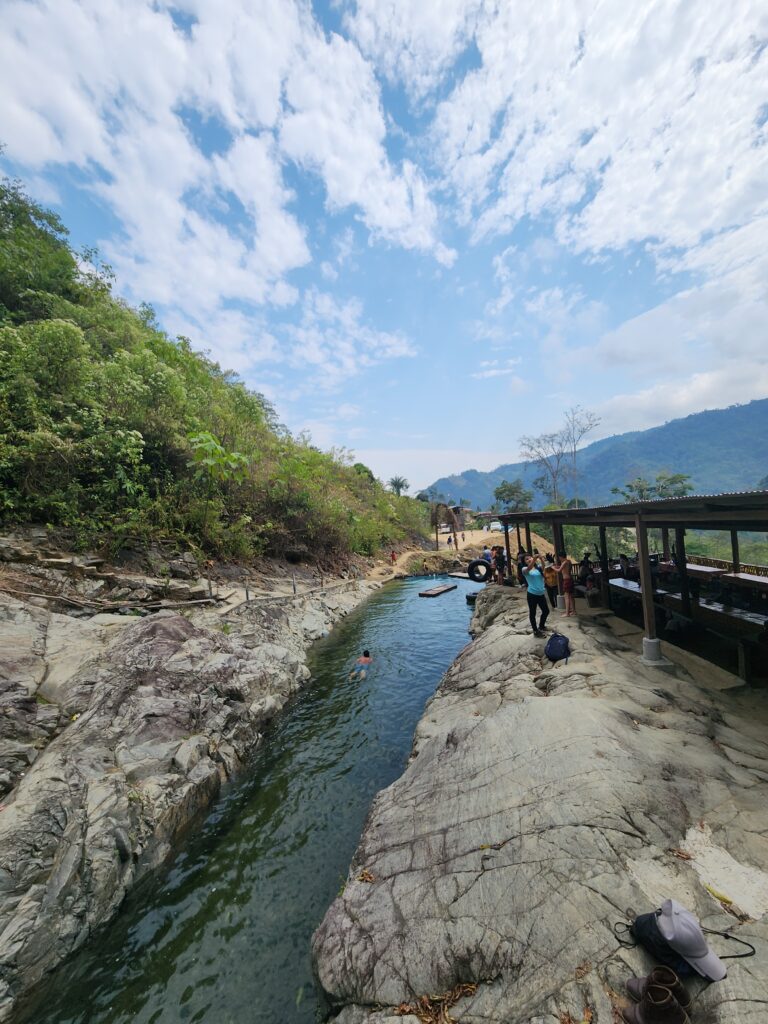
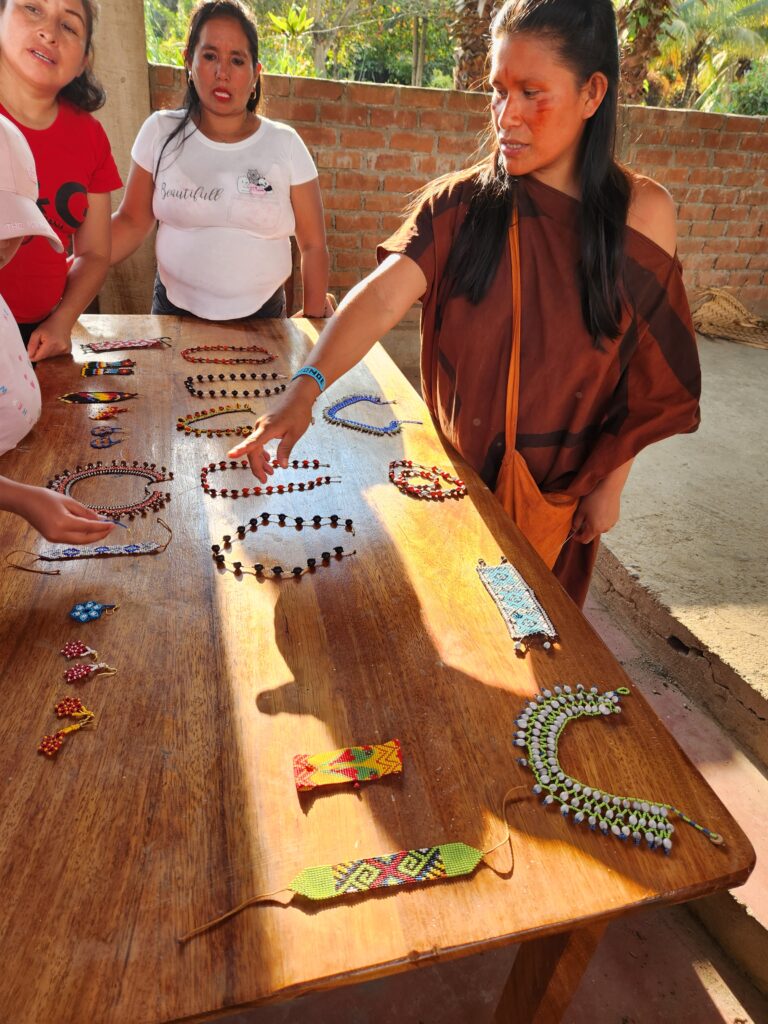
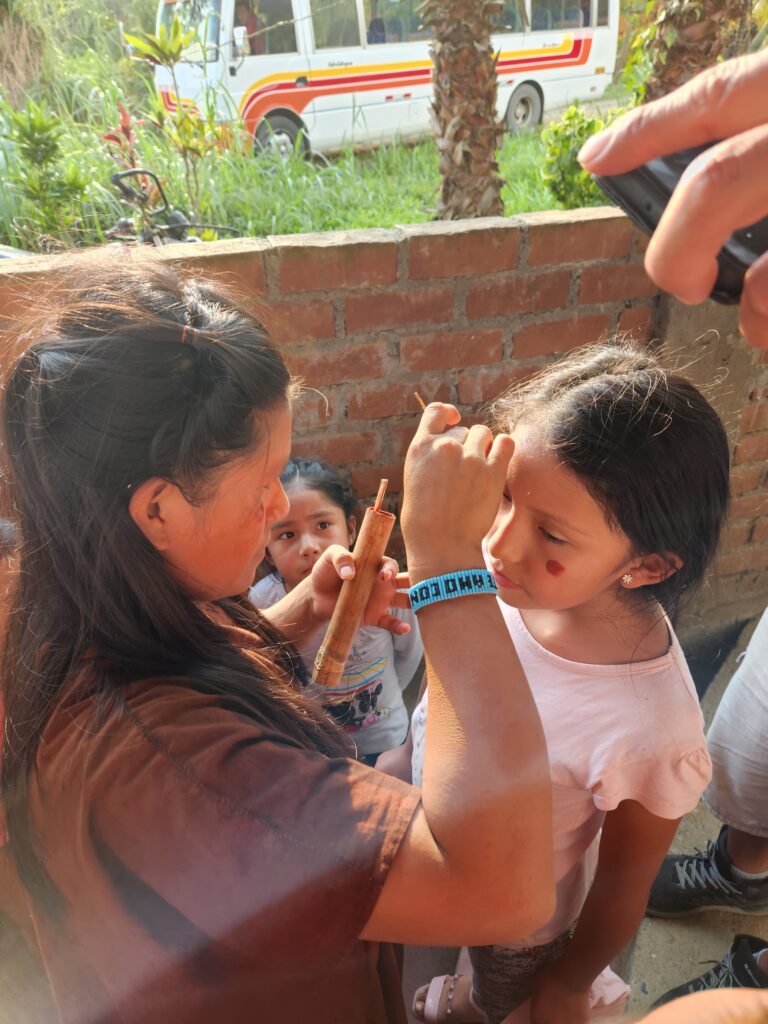
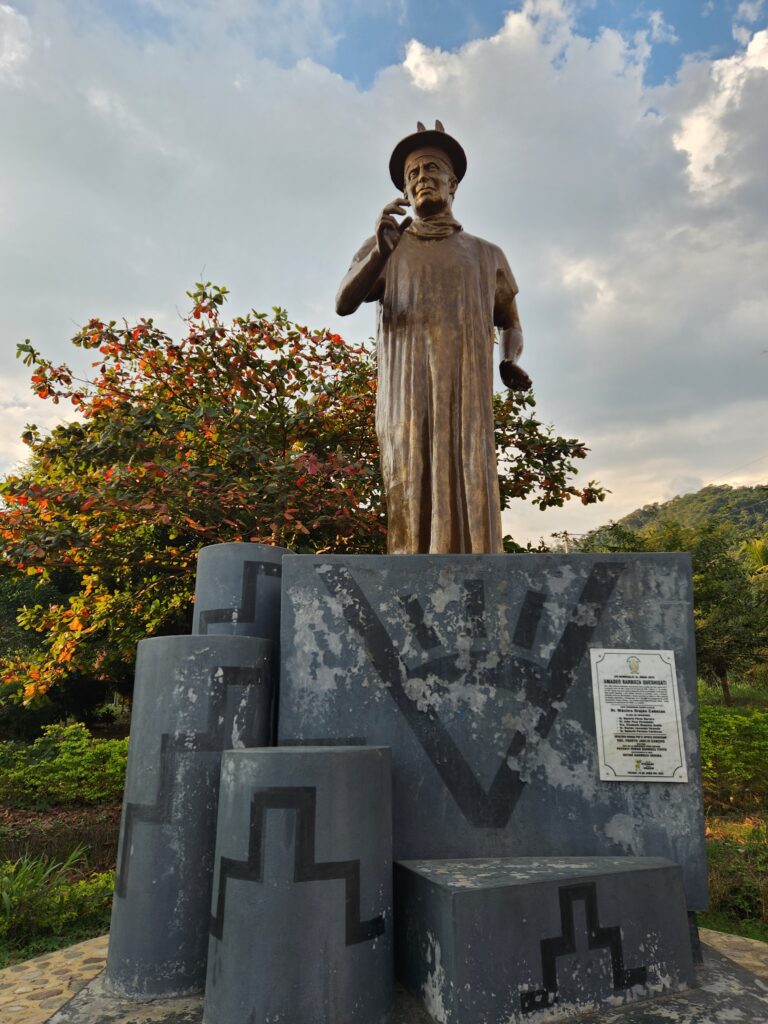
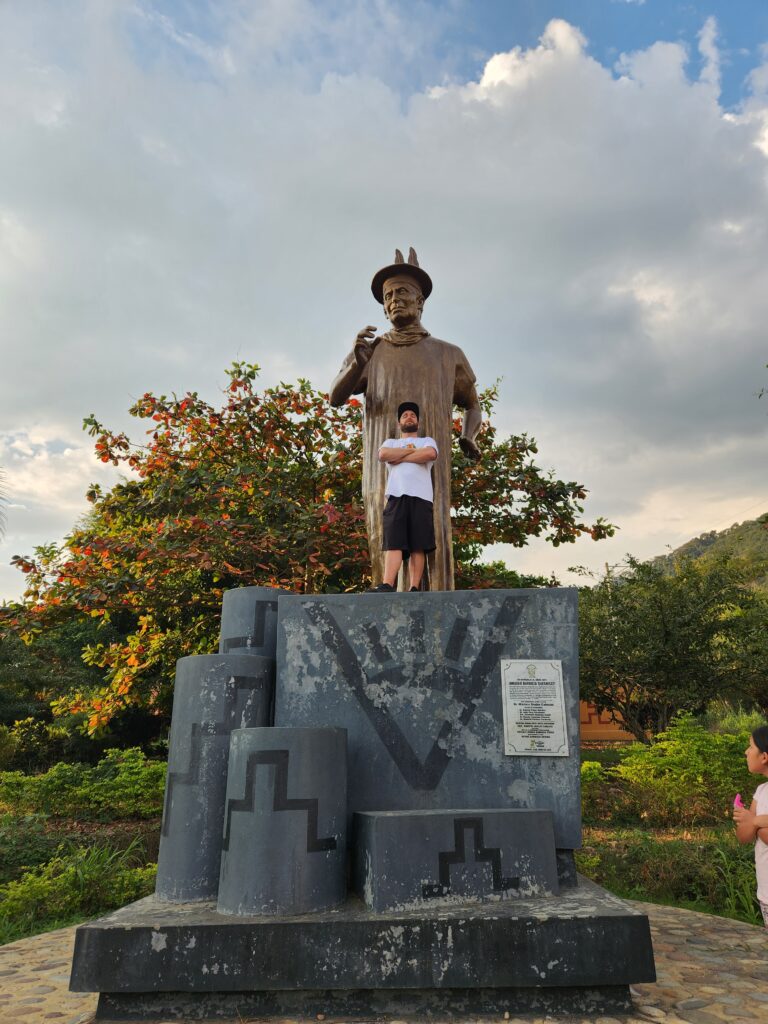
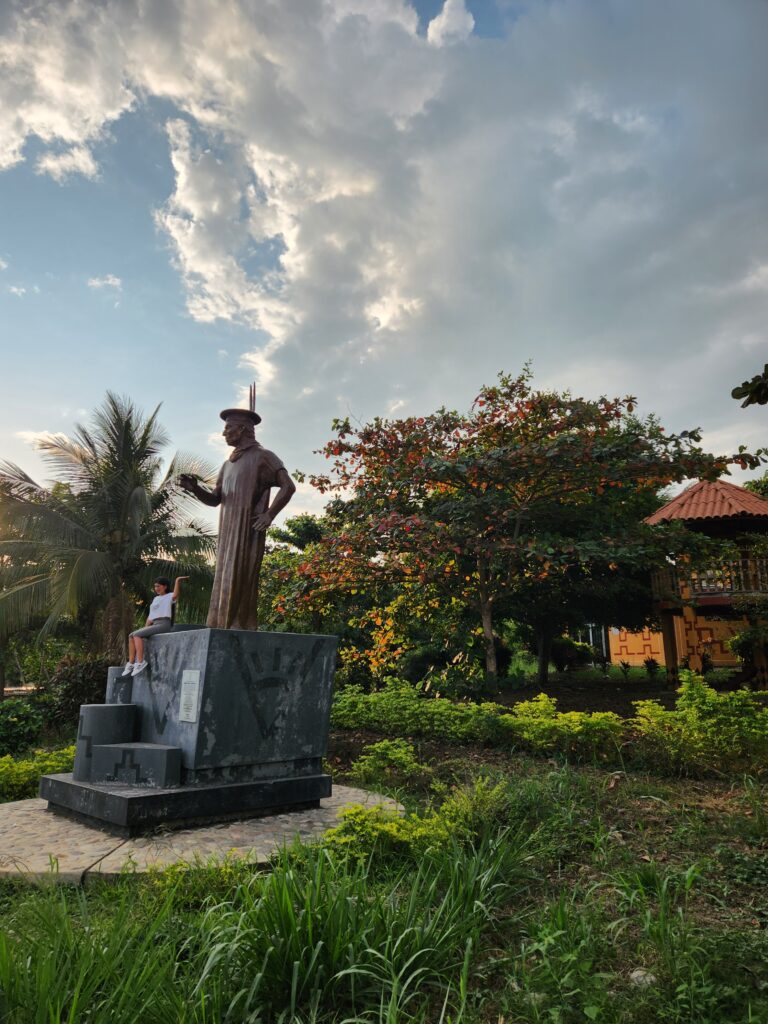
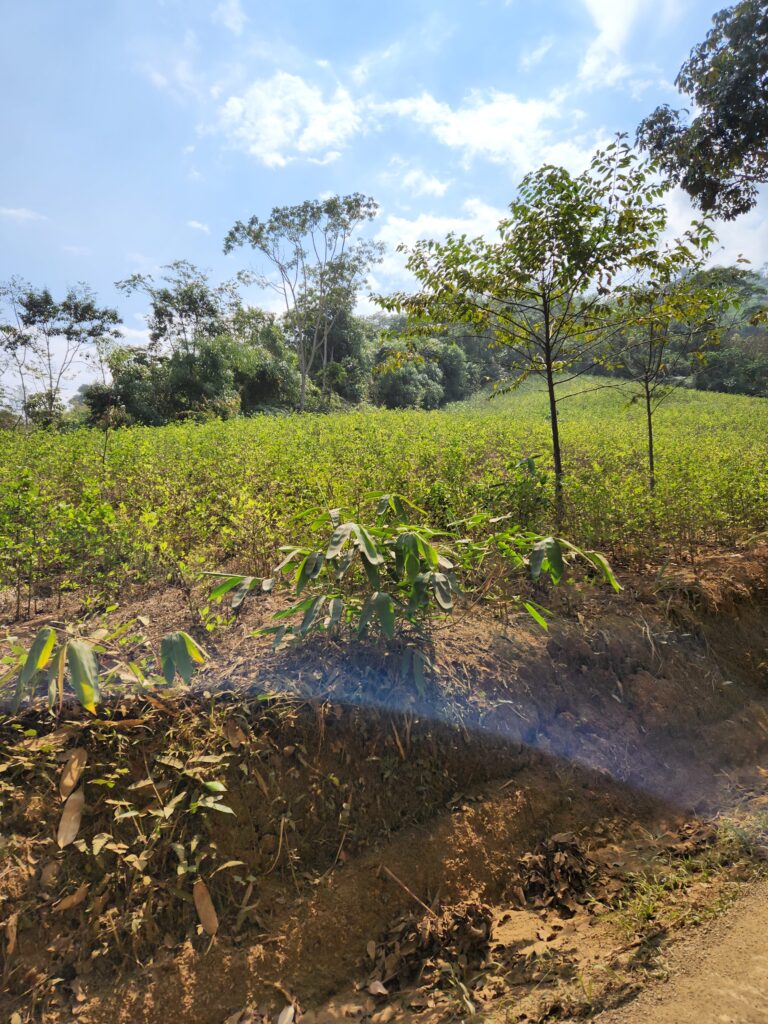
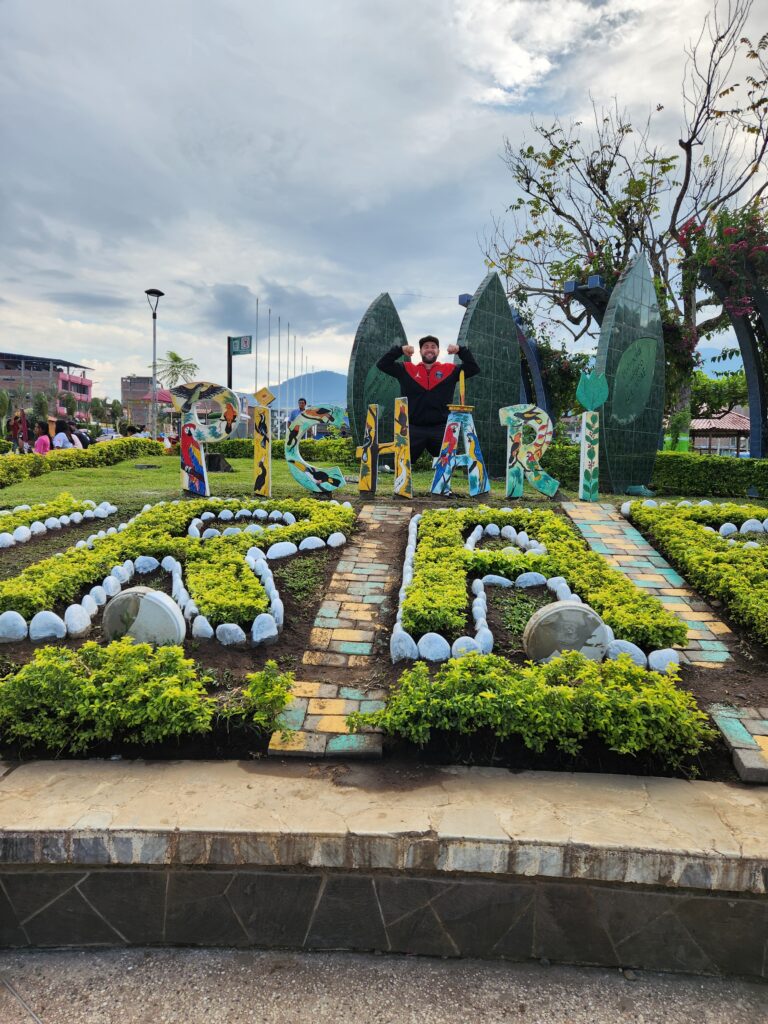

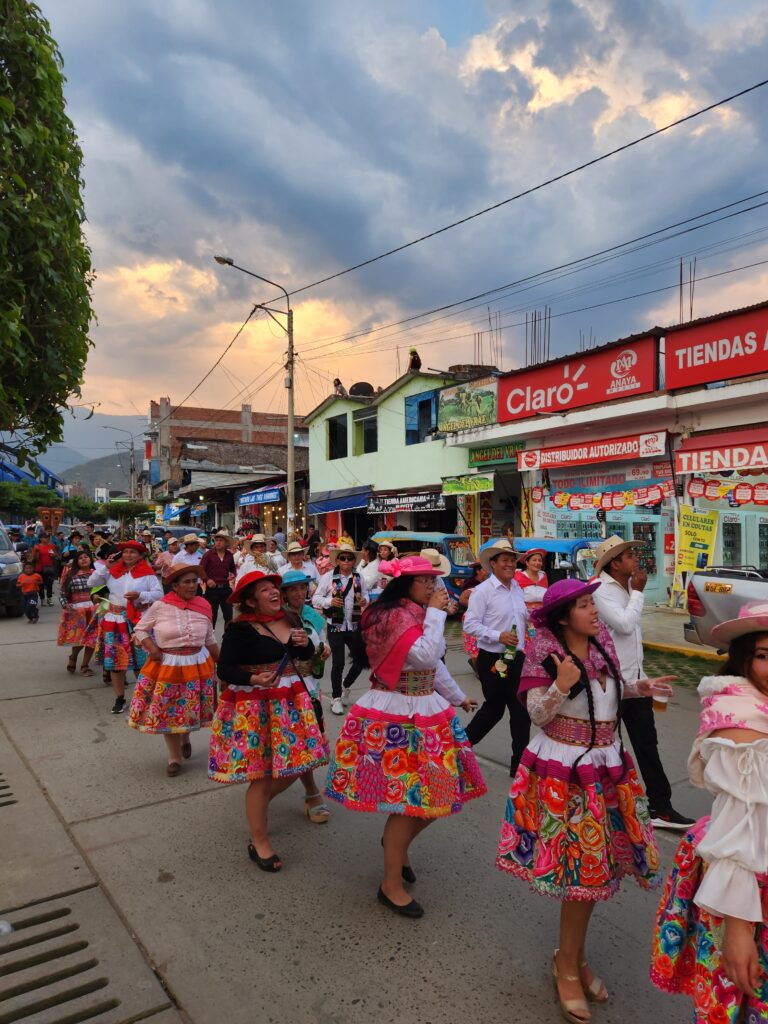
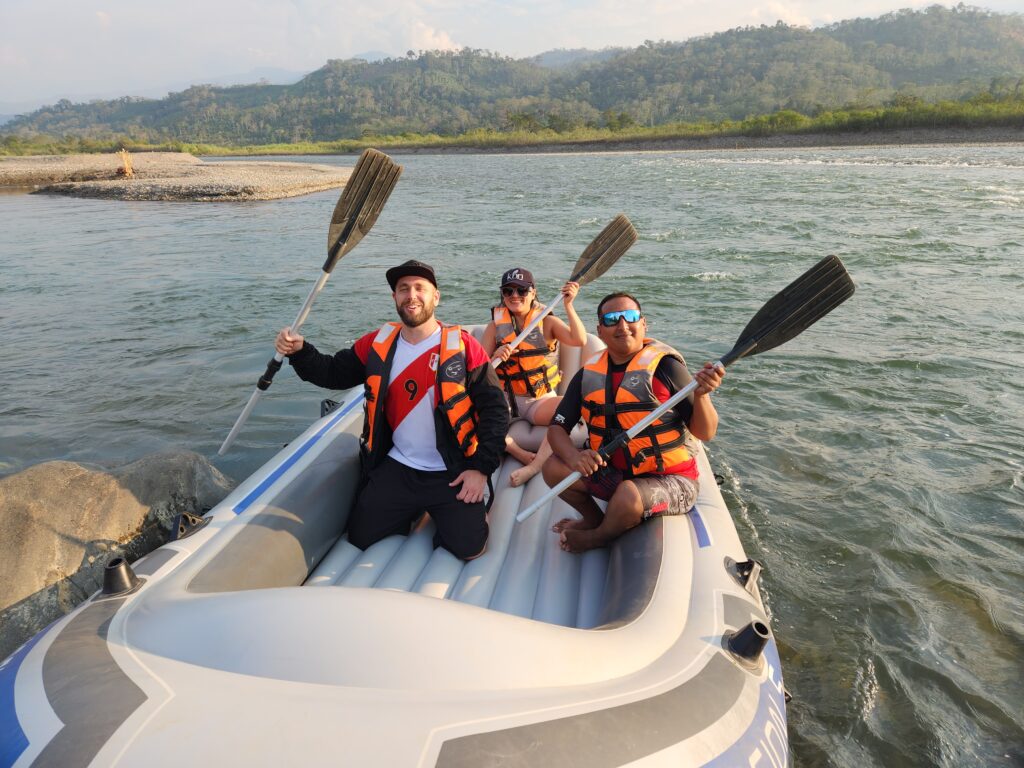
Attraction #3: Canotaje en Rio Apurimac – The river is cool to visit, but the real action is on the water. In many ways, this isn’t just entertainment. It’s a question of survival. Every day in the selva, the sun is relentless. To avoid giving in to the elements, people have 3 choices: drink beer, careen around on motos, or swim. While many locals opt to do all three in a day, we’ll stick to the last option for this article.
Logistically speaking, the Apurimac River is a masterpiece. This river is carved out all the way from the Andes into the depths of the jungle. They couldn’t be different climates, but the water manages to flow through both worlds. When you bathe in el rio, it’s impossible not to feel shocked. The water is surprisingly cold, which provides the perfect contrast to the jungle sun. As your body reacts to the physiological pump fake, you feel like you got hit with an element from a different dimension. Doing canotaje to experience this psychedelic turquoise water, so don’t hesitate to escape the heat and indulge!
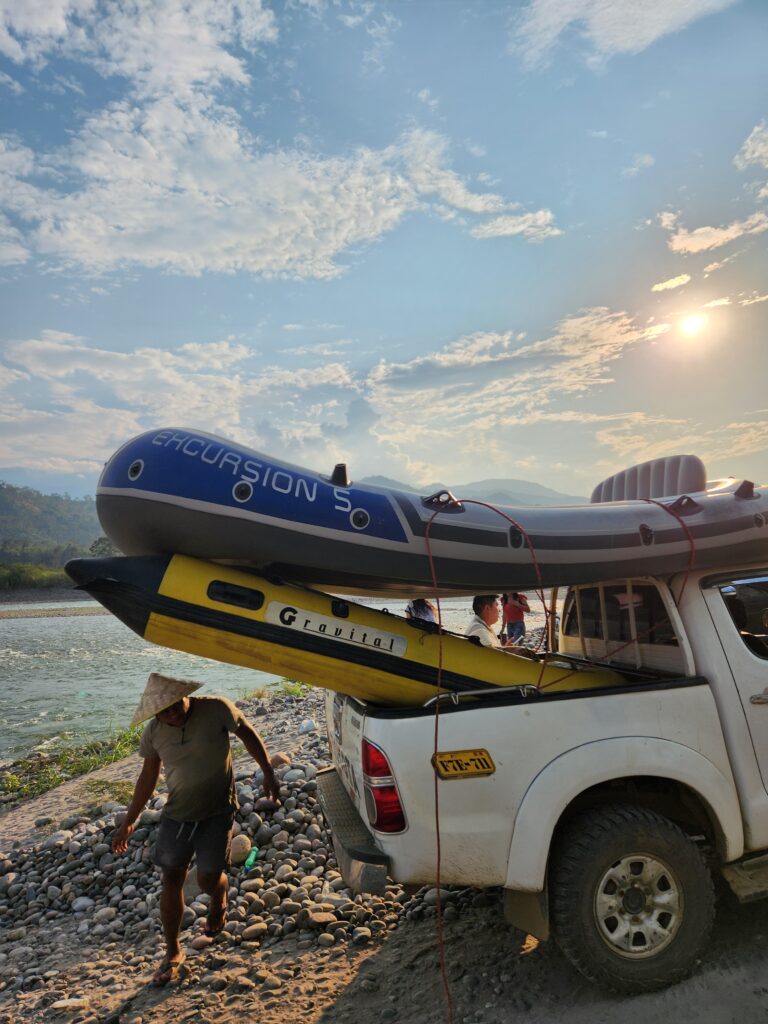
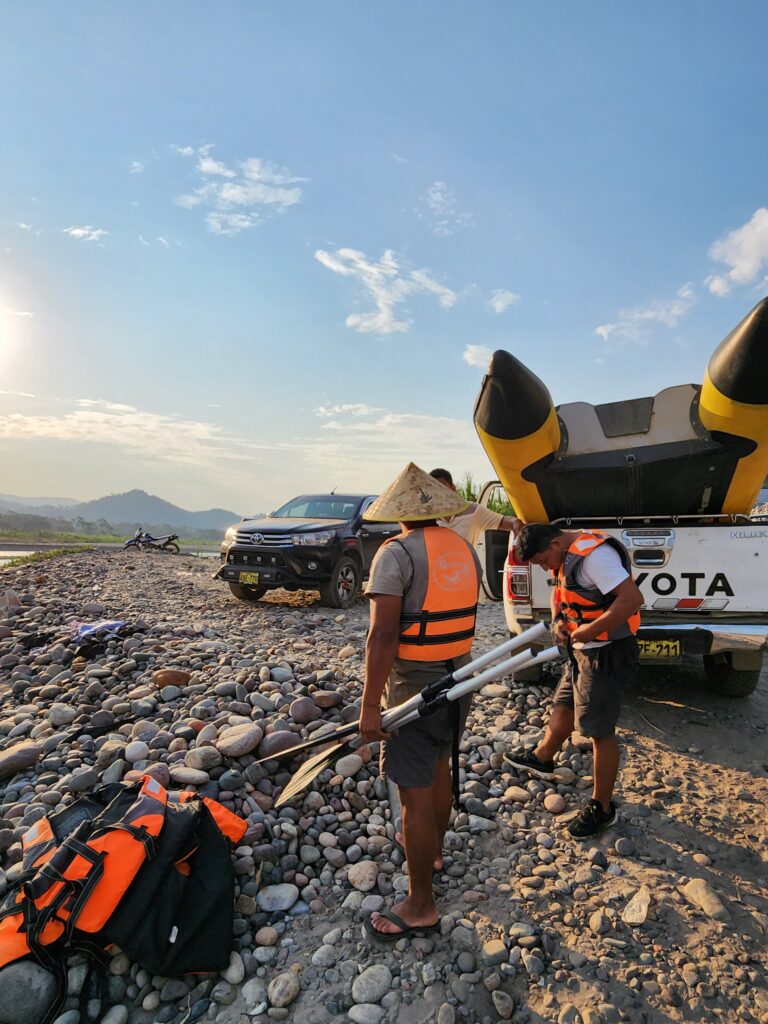
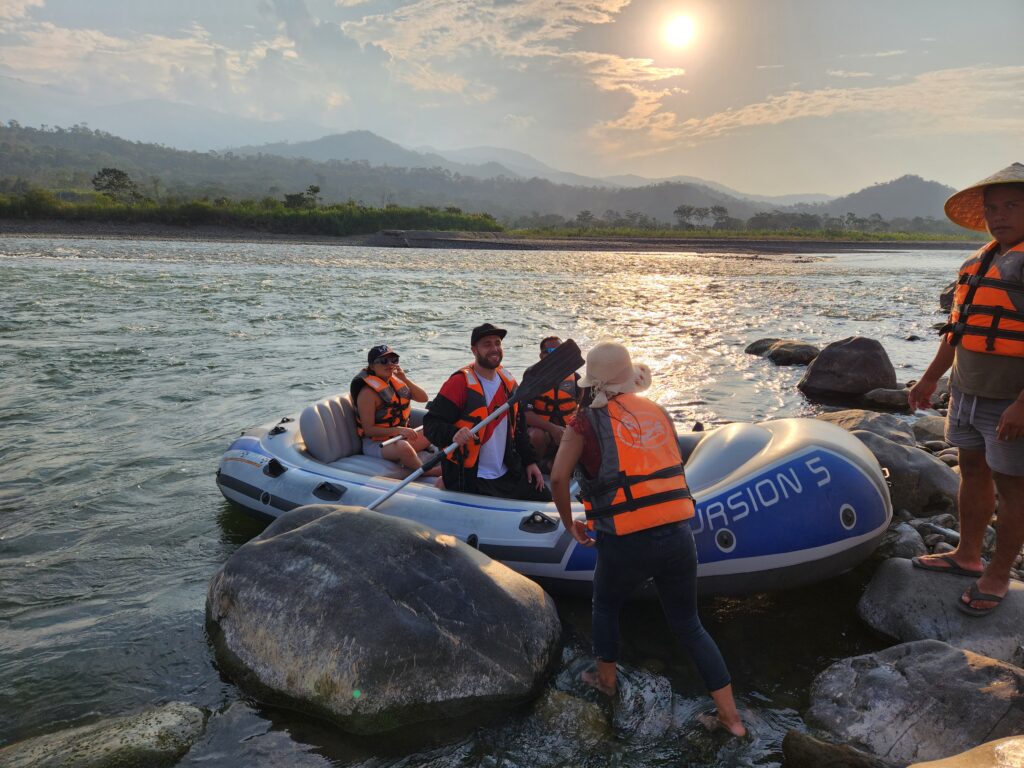
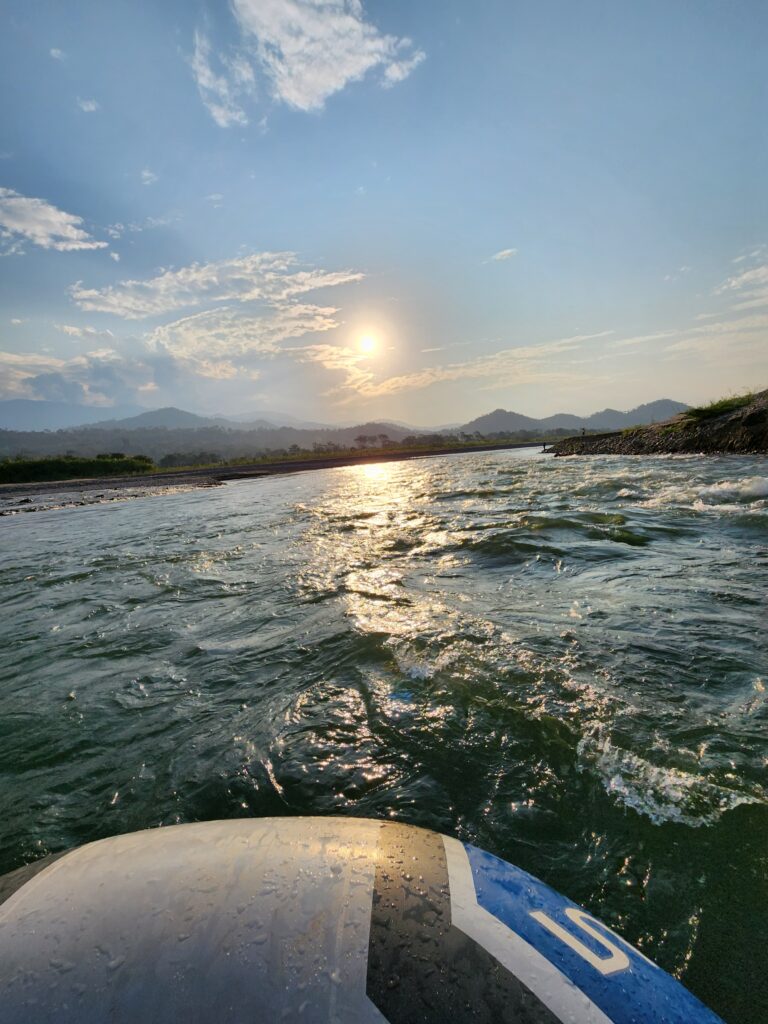


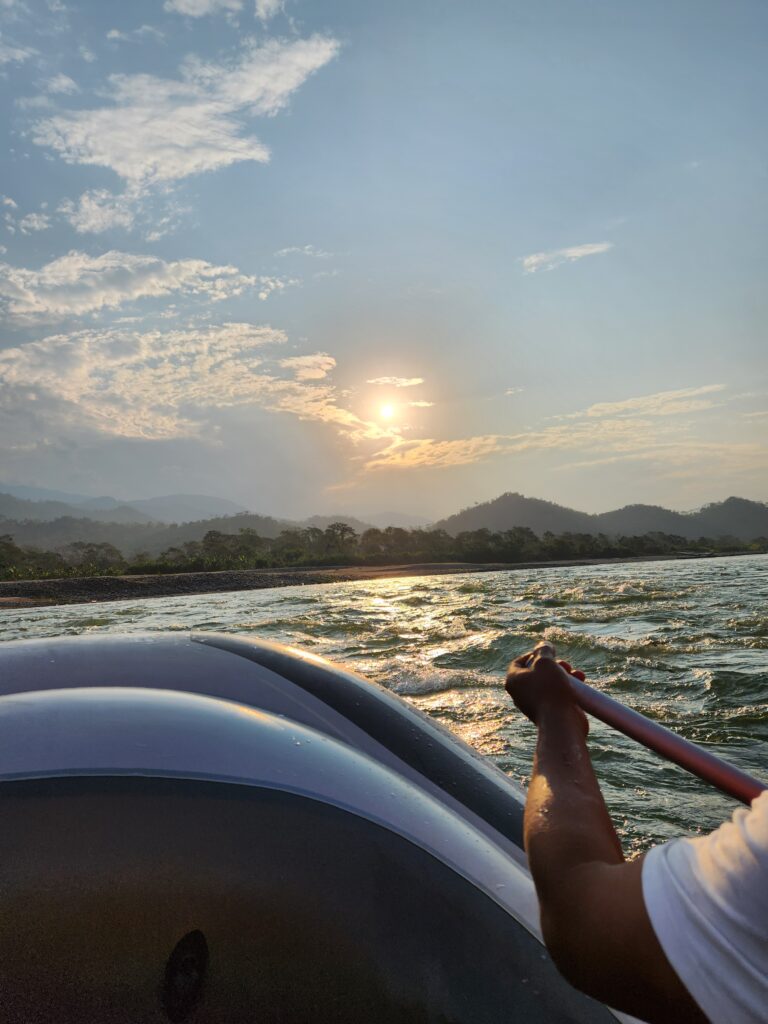

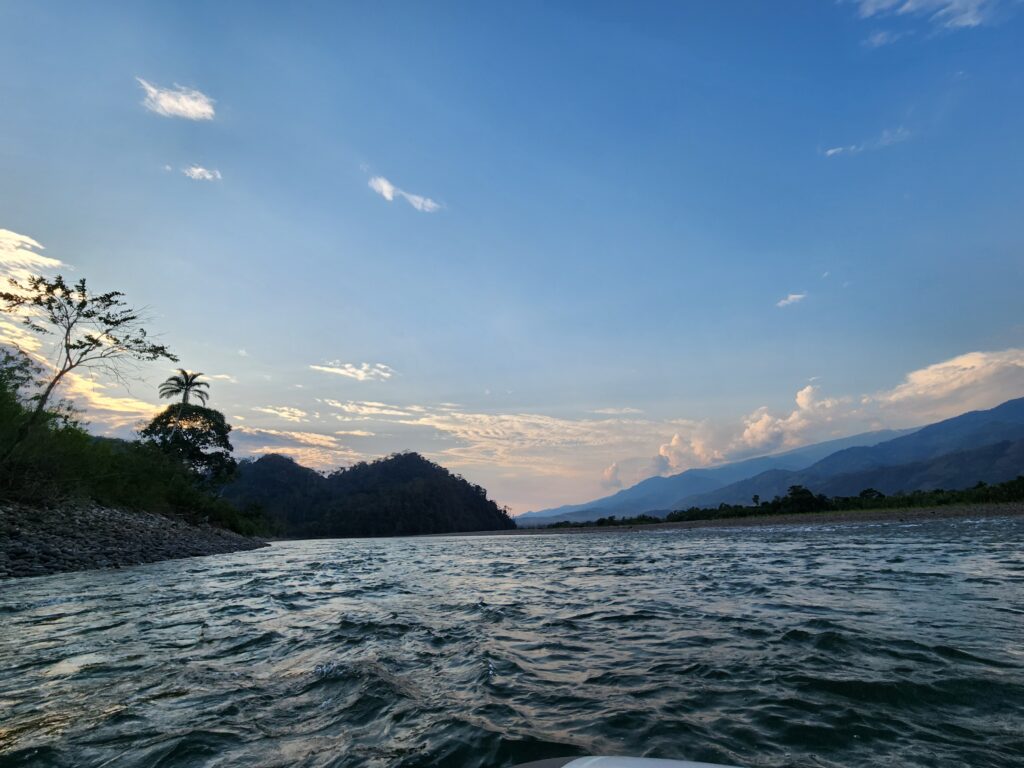
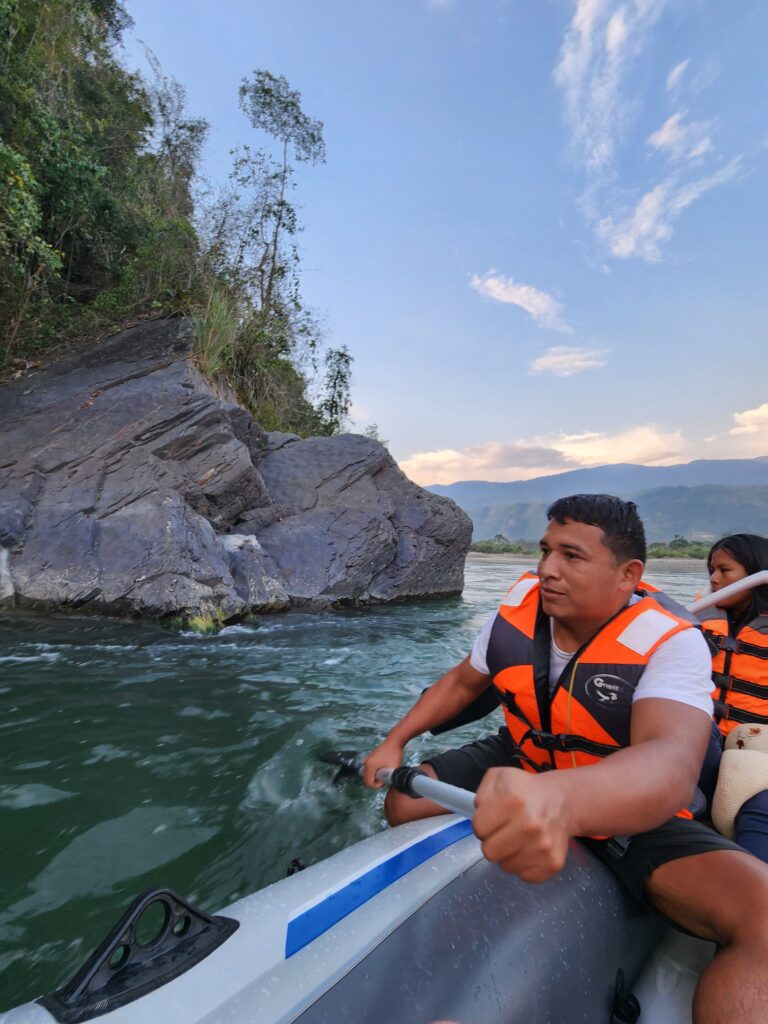

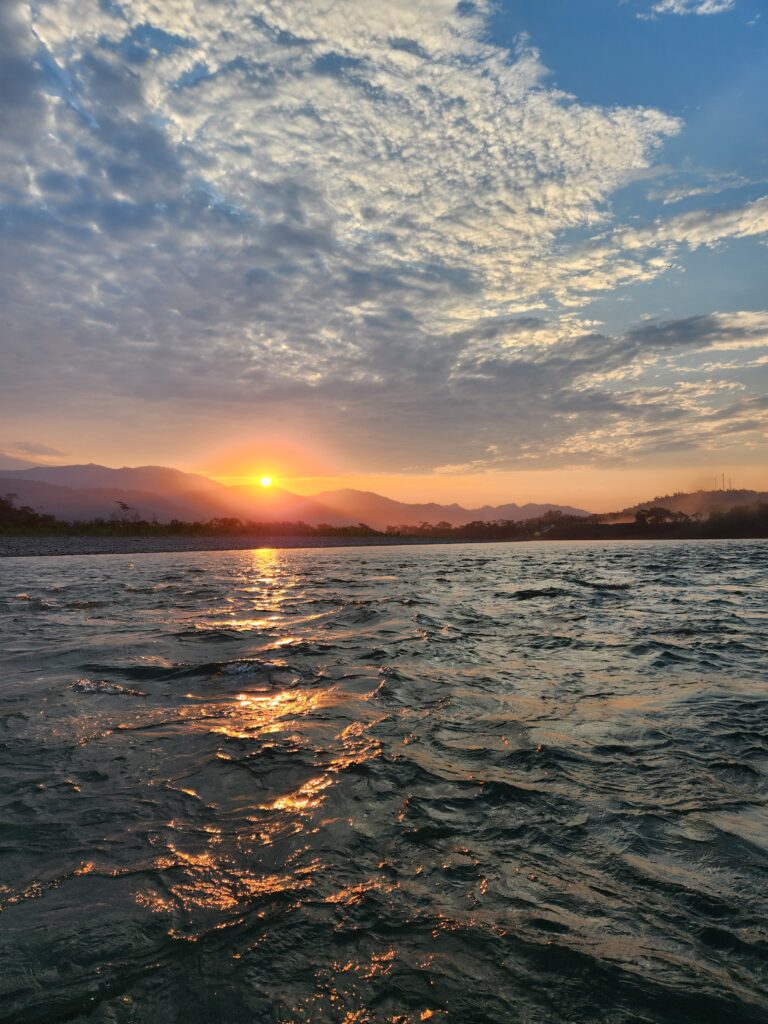
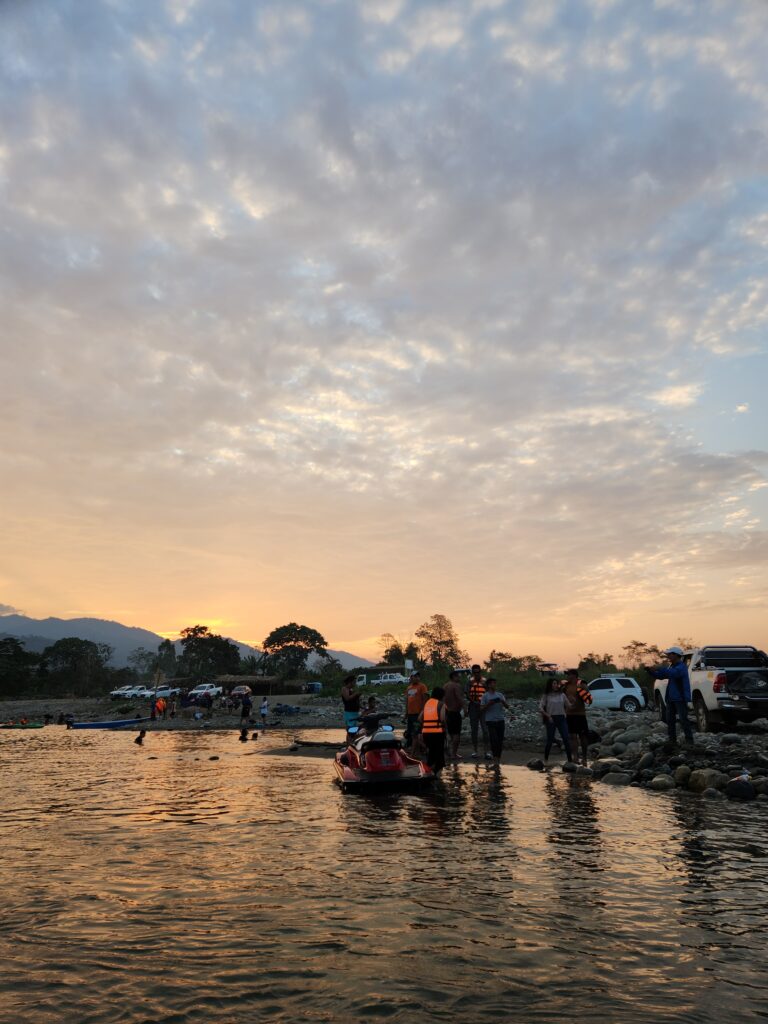
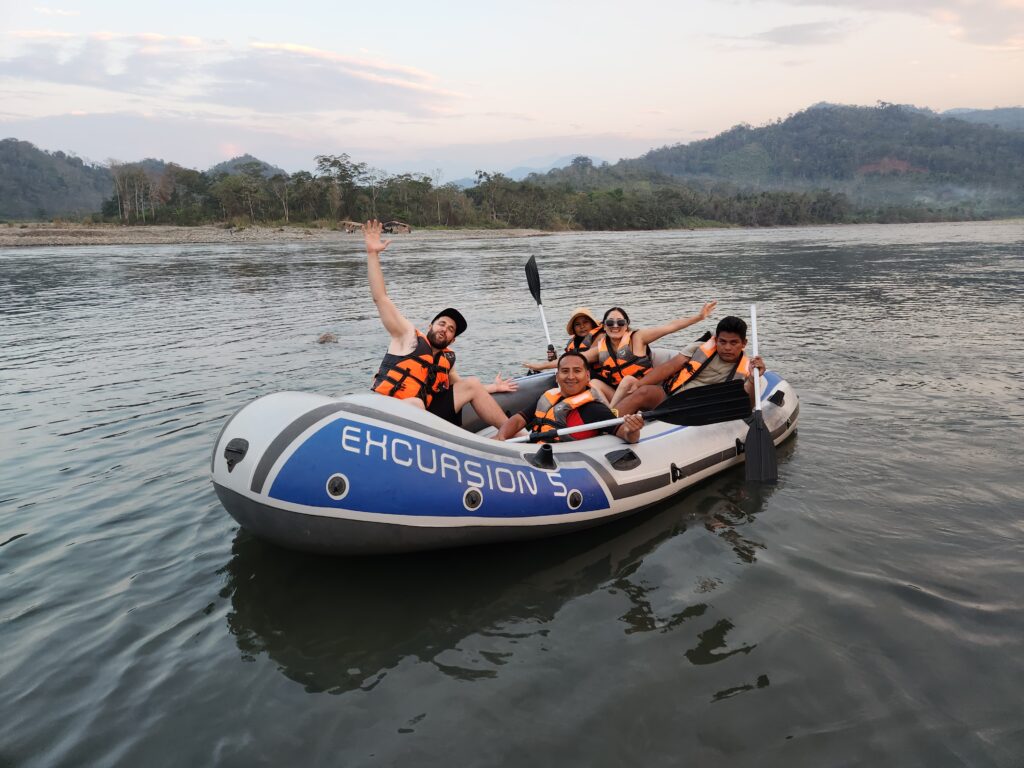
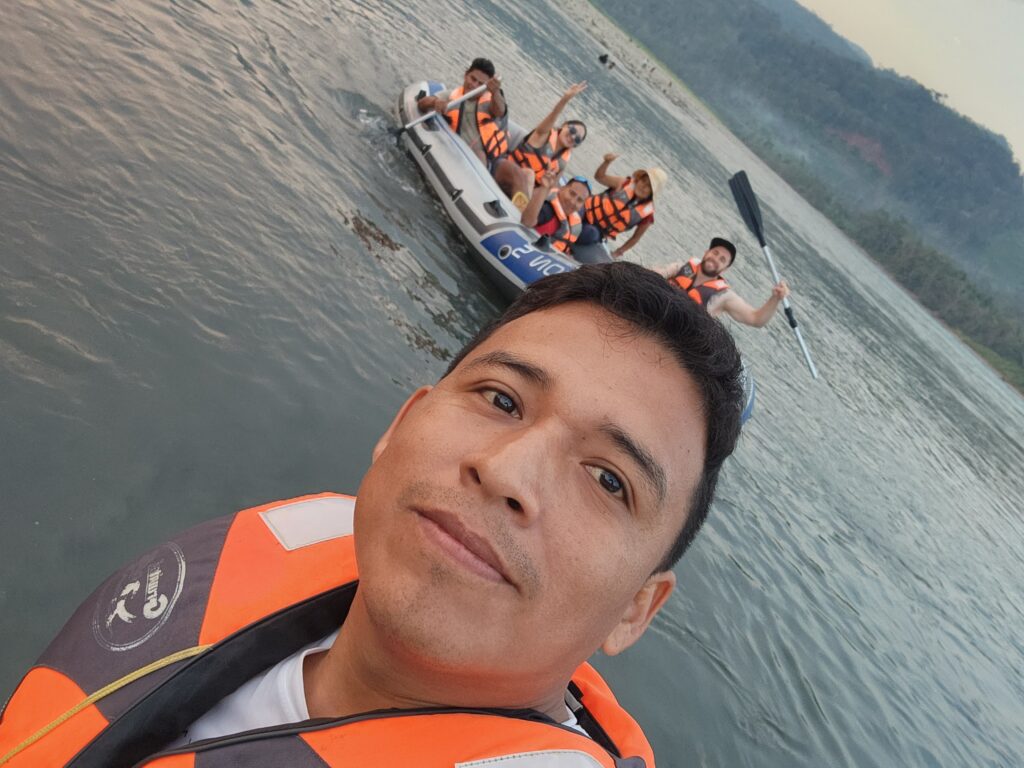
Bonus Activities
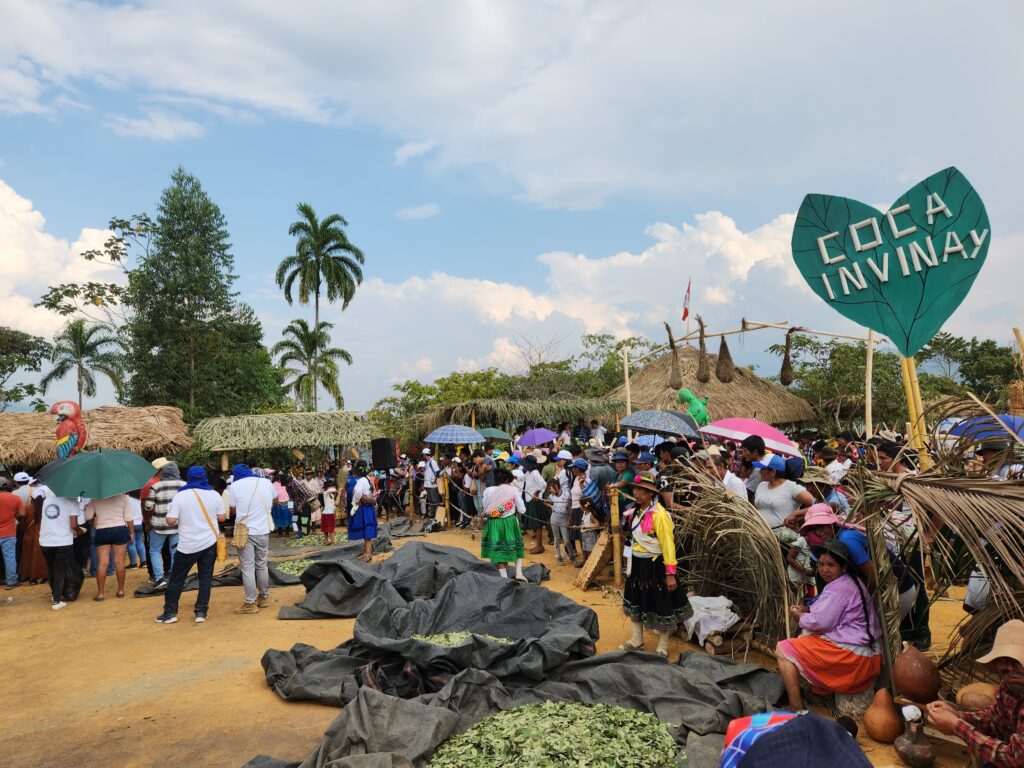
Activity #1: Festival de la Hoja de Coca – Every August, Pichari hosts the International Coca Leaf Festival. This weeklong festival celebrates the coca leaf and all of the financial support it gives the communities in VRAEM. While the government only patrols, harasses and arrests anyone they can, the coca leaf gives people living in Peru’s most neglected areas a way to survive. They don’t become millionaires planting coca, but it’s the only plant that’s hearty enough to provide a crop that will make it to market from even the most remote areas in Peru.
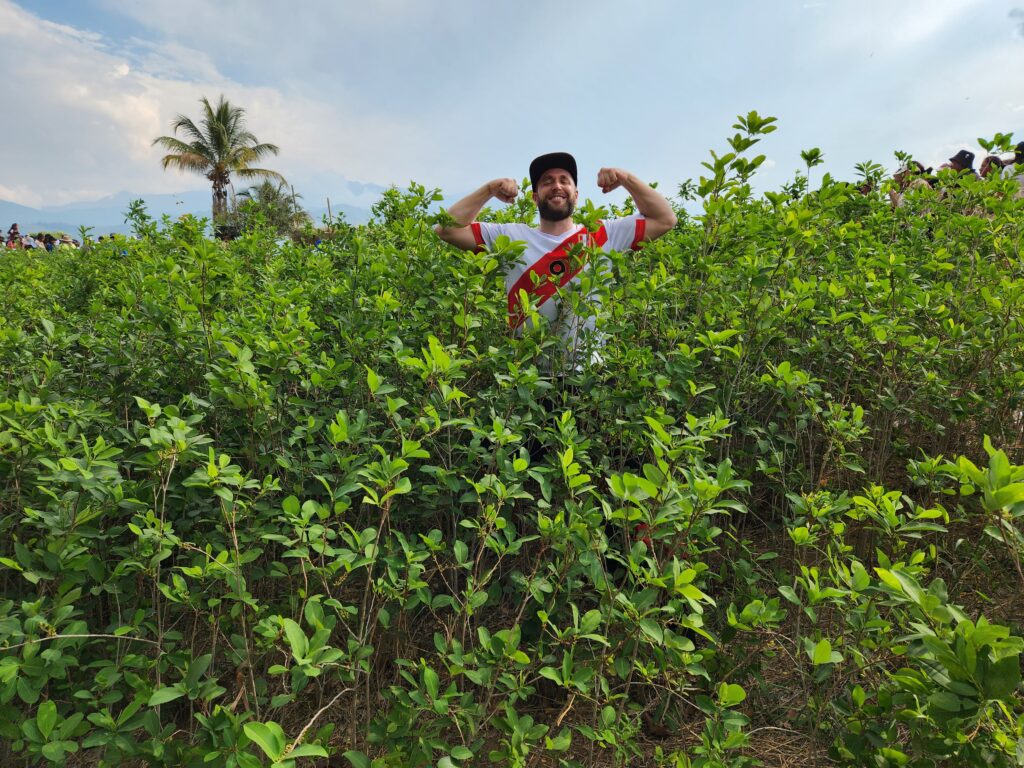
The variety of activities is just as diverse as the people of VRAEM. Thanks to the hoja de coca, Pichari is the second richest rural district in Peru behind Camisea. This means they have money to splurge on making this festival epic. For over a week, large-name cumbia and huayno groups perform back-to-back. This provides the perfect backdrop to rally races, motocross, fishing, coca harvesting, and marathon competitions. Due to their heavy presence, the Ashaninkas are represented with their own bow and arrow shooting, traditional dances, hunting, and canoeing competitions. These events attract thousands of people from all over Peru, so don’t miss out on the action!


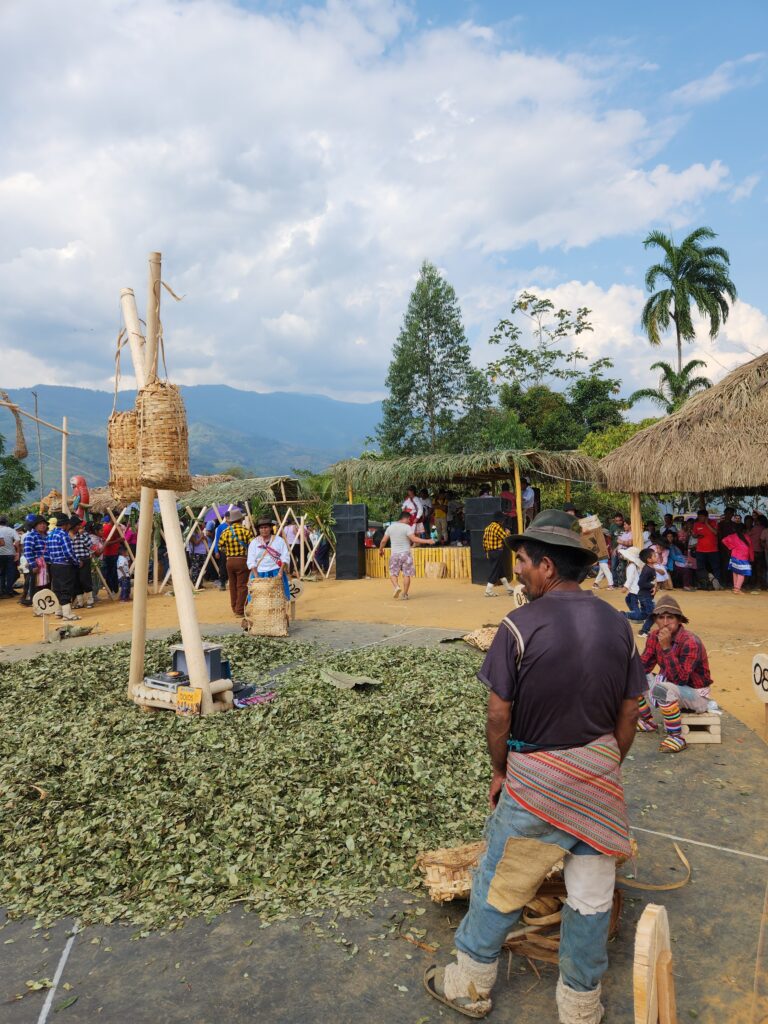
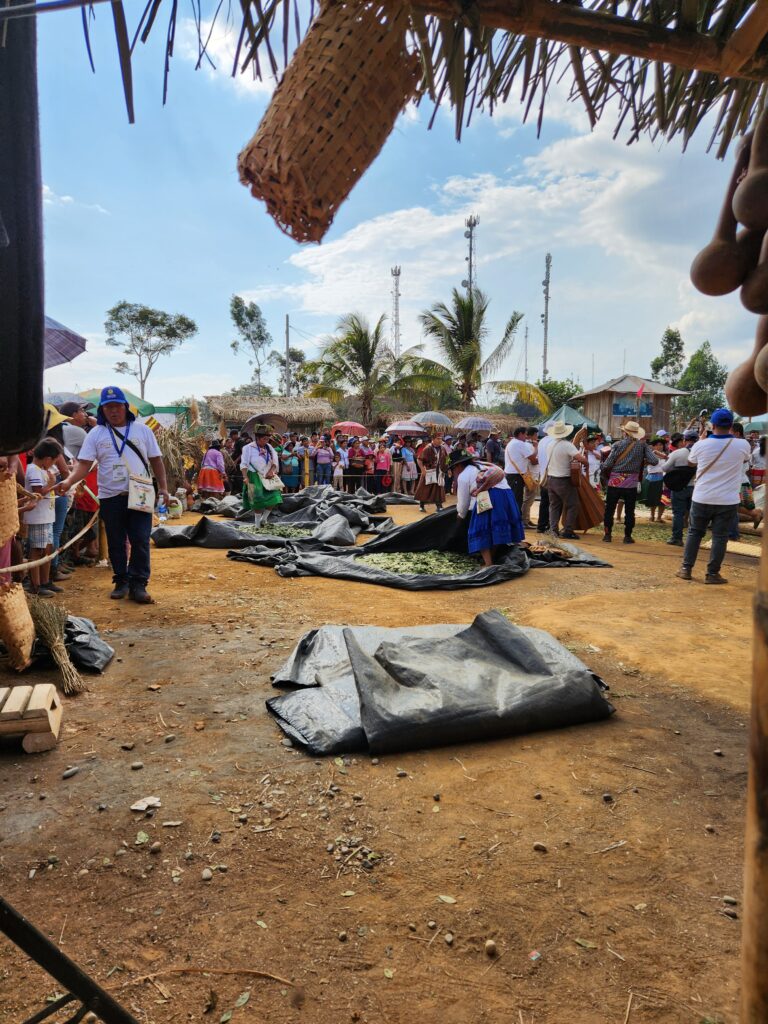
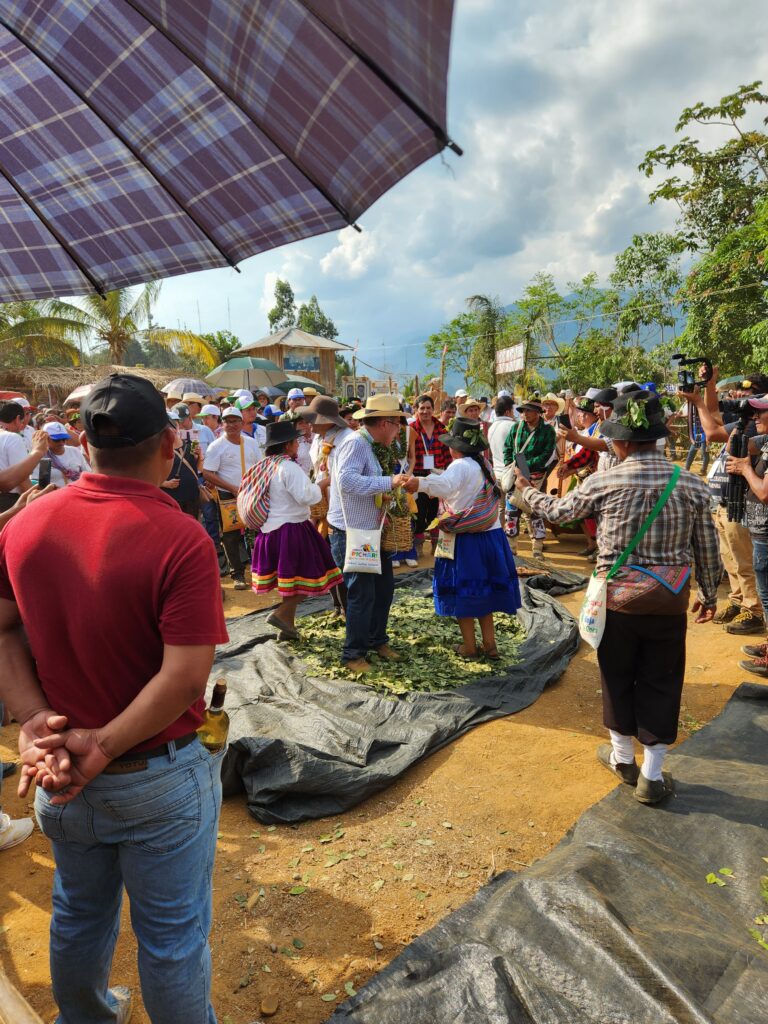
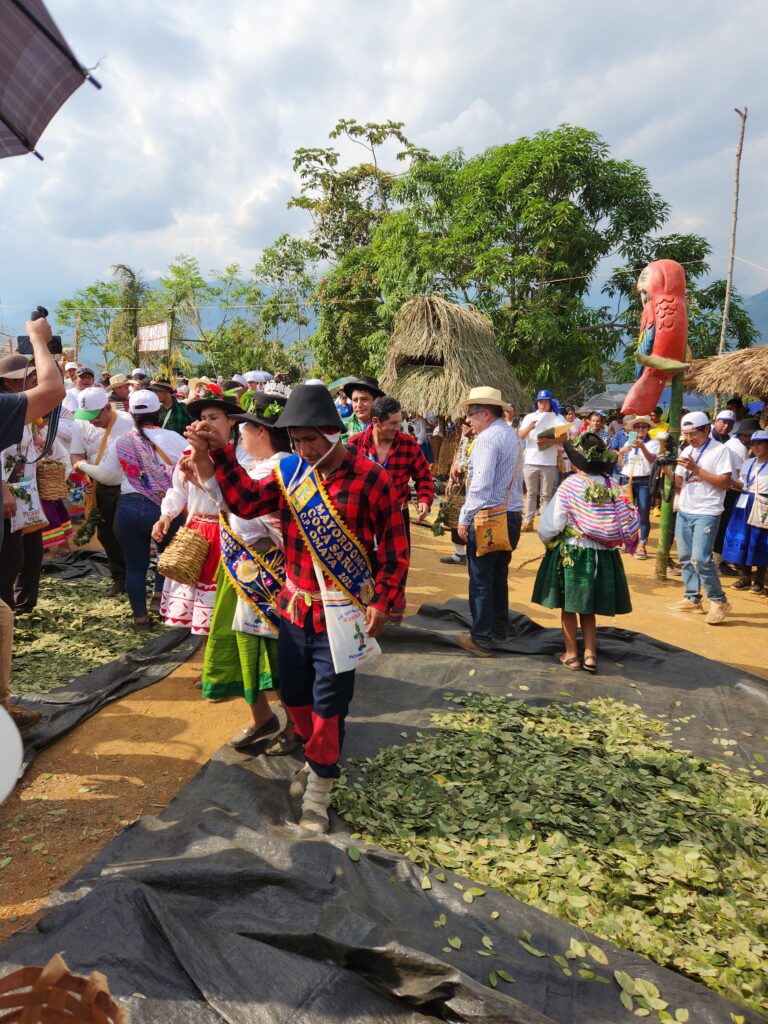


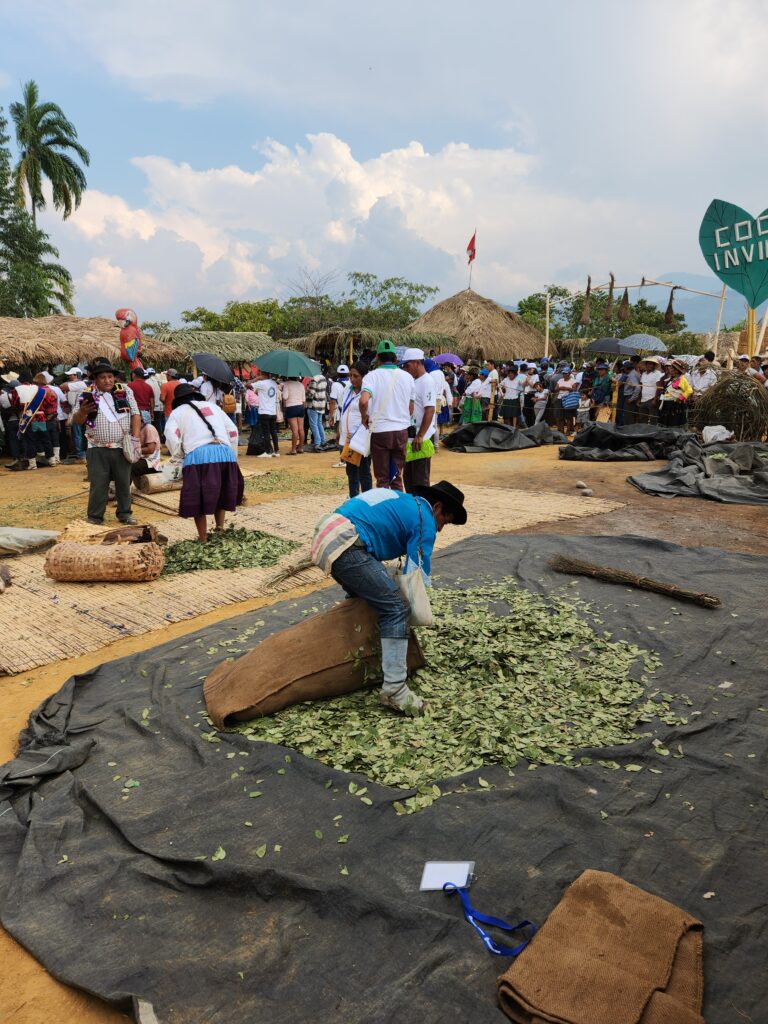

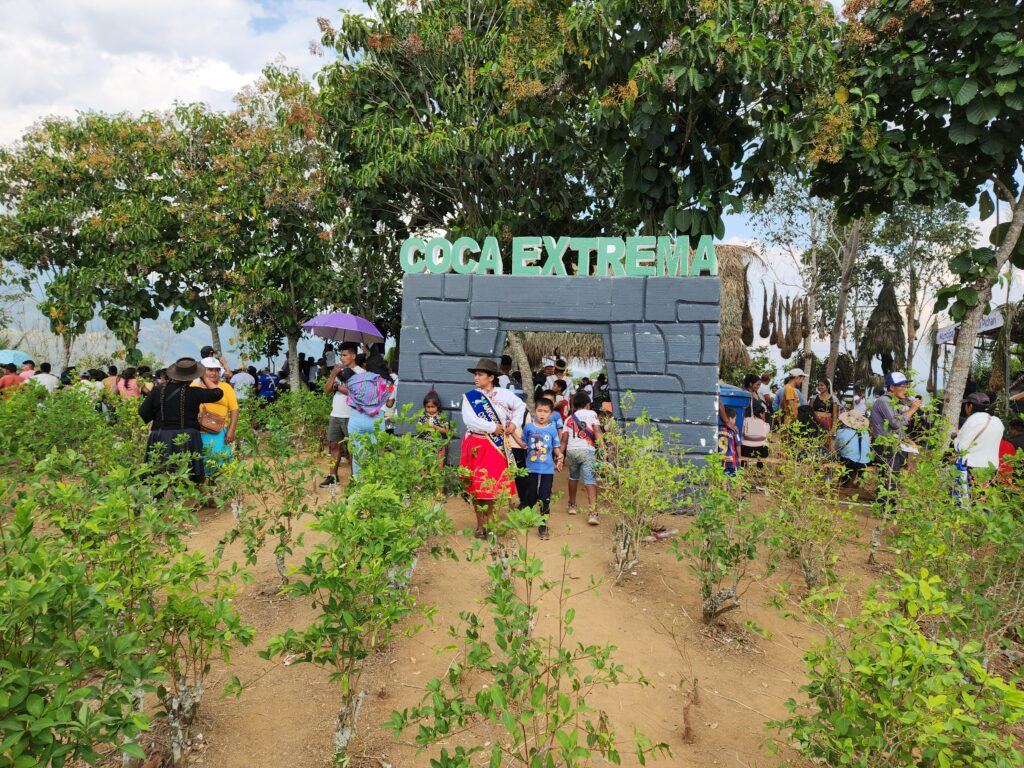
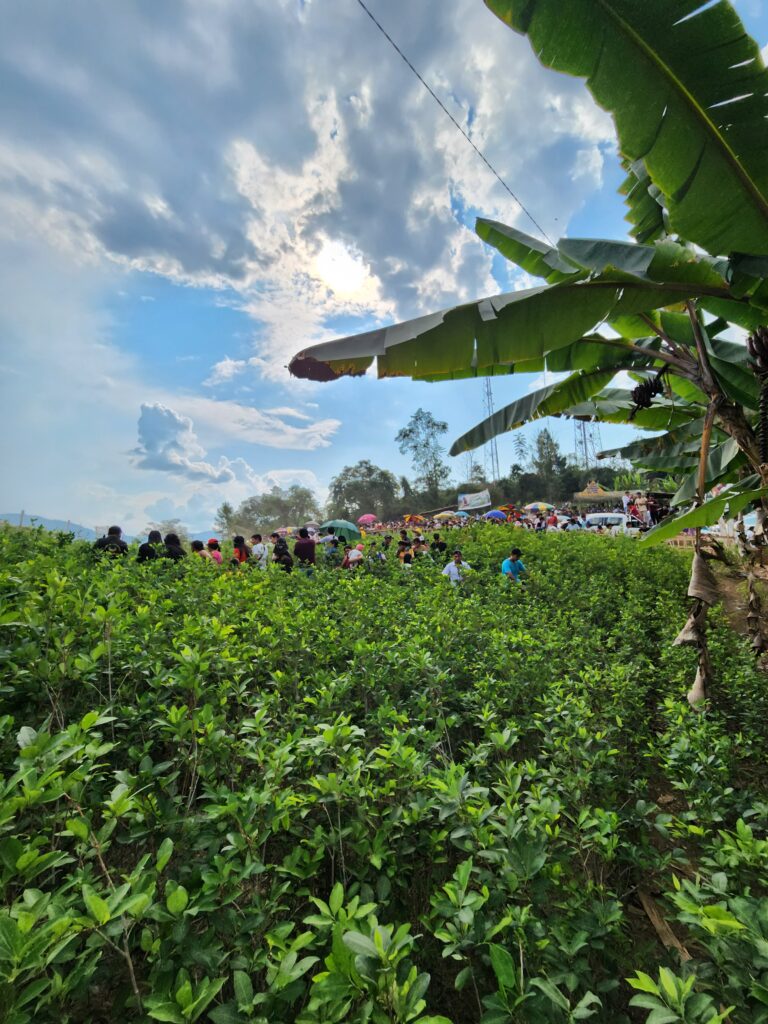
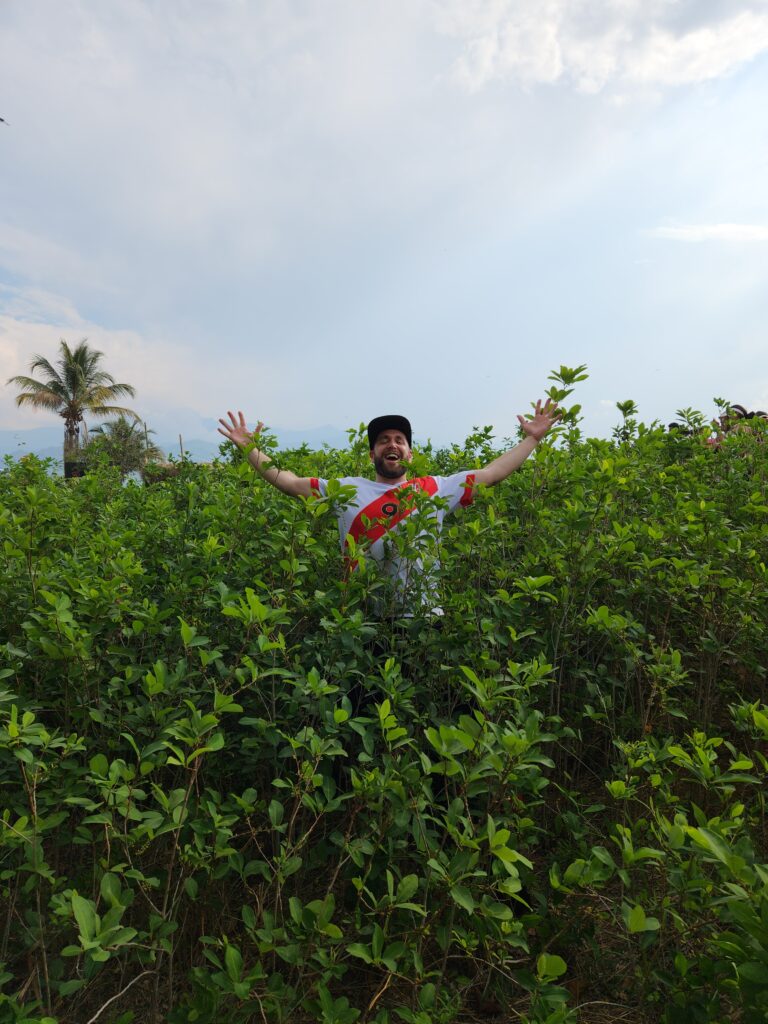
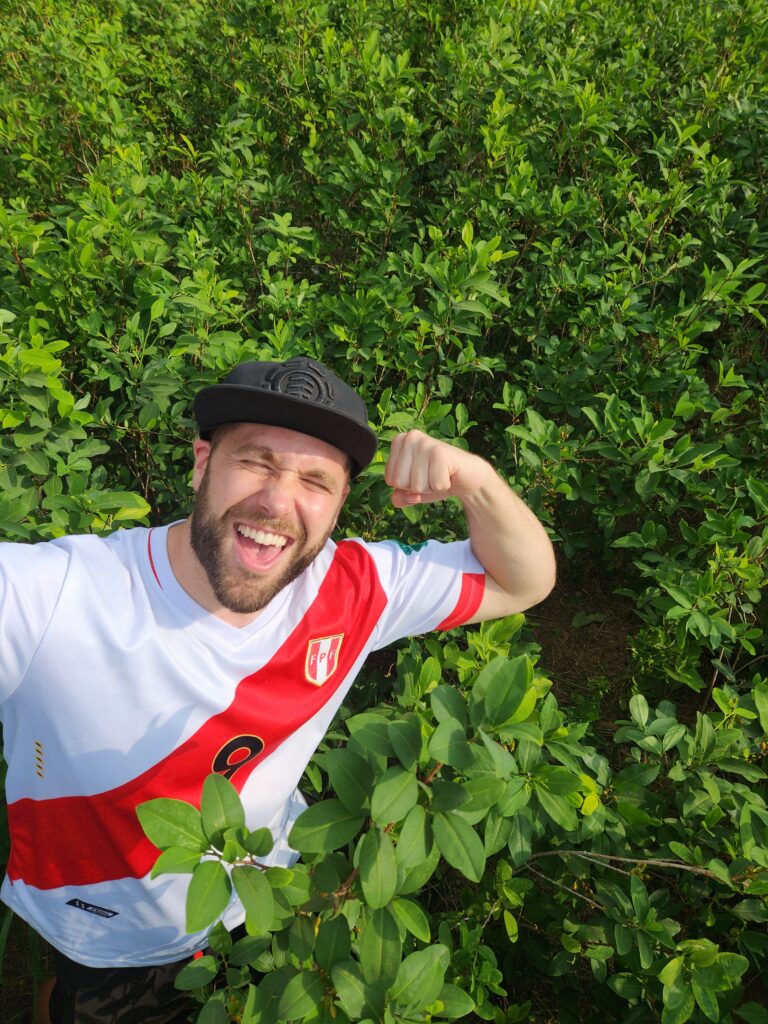
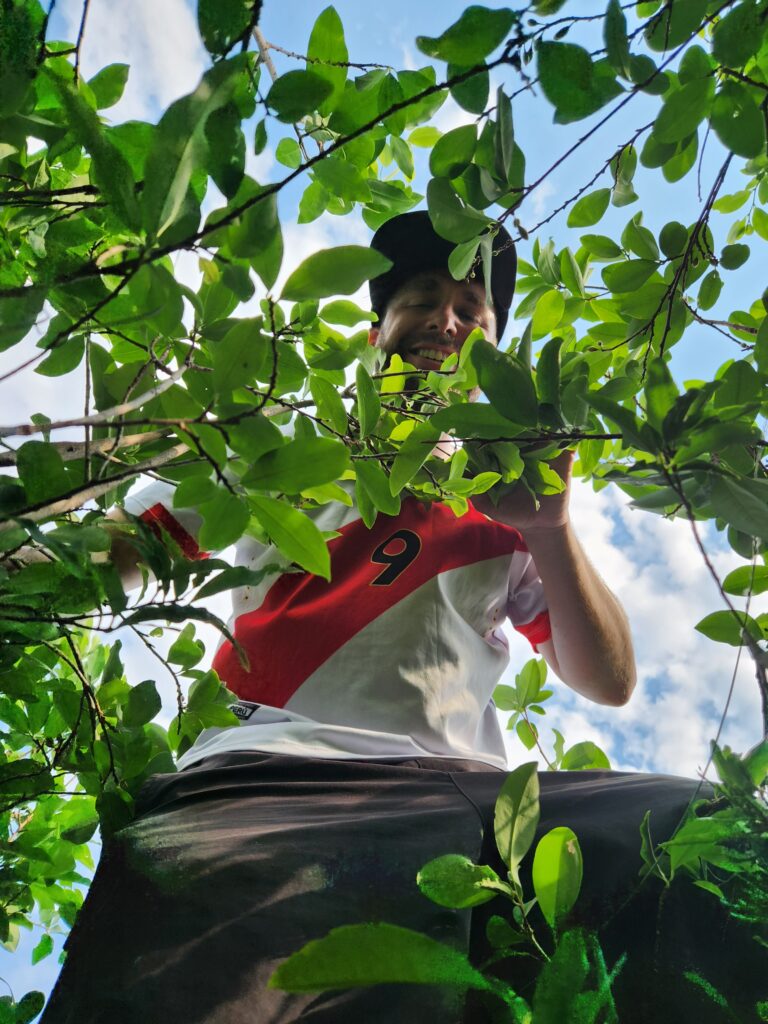
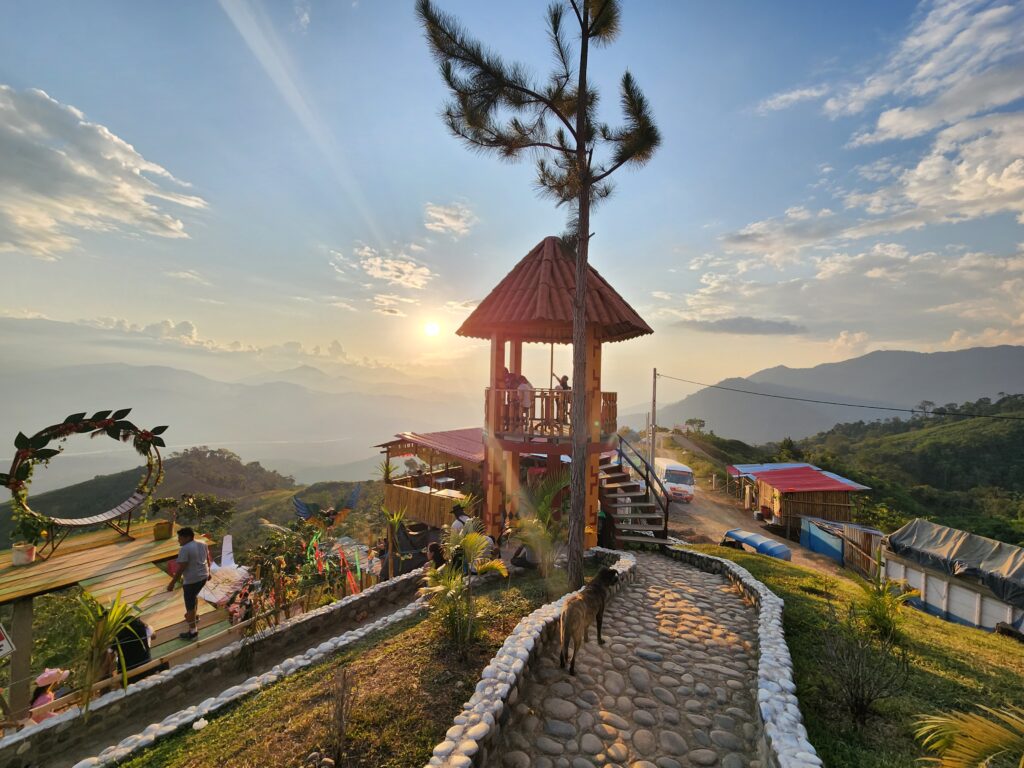
Activity #2: Parapente – Due to its strategic location in the high jungle (ceja de selva), Pichari is the perfect place to Paraglide. The area is 614 meters(2,014 feet) above sea level, and the neighboring mountains are even higher. In the mornings enough wind flows through the area to facilitate hang-gliding and paragliding. This isn’t for the faint of heart, since the nearest hospital is 5 hours away in Ayacucho. Daredevils who forego this risk are rewarded with a breathtaking view of the valley of VRAEM. Soaring over never-ending coca fields and getting a bird’s eye view of the jungle is another level of adventure!

